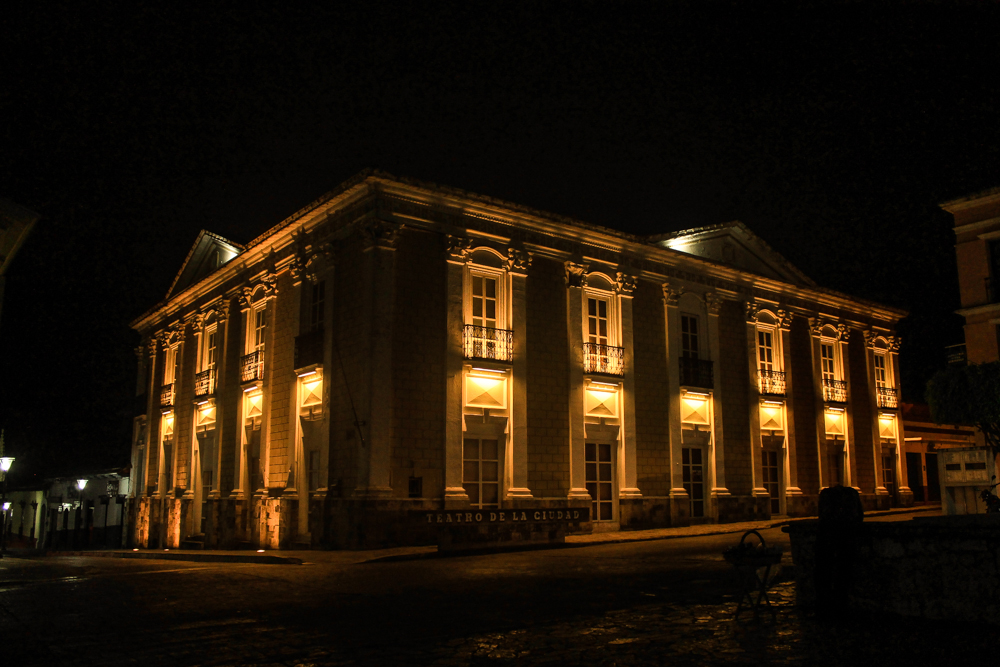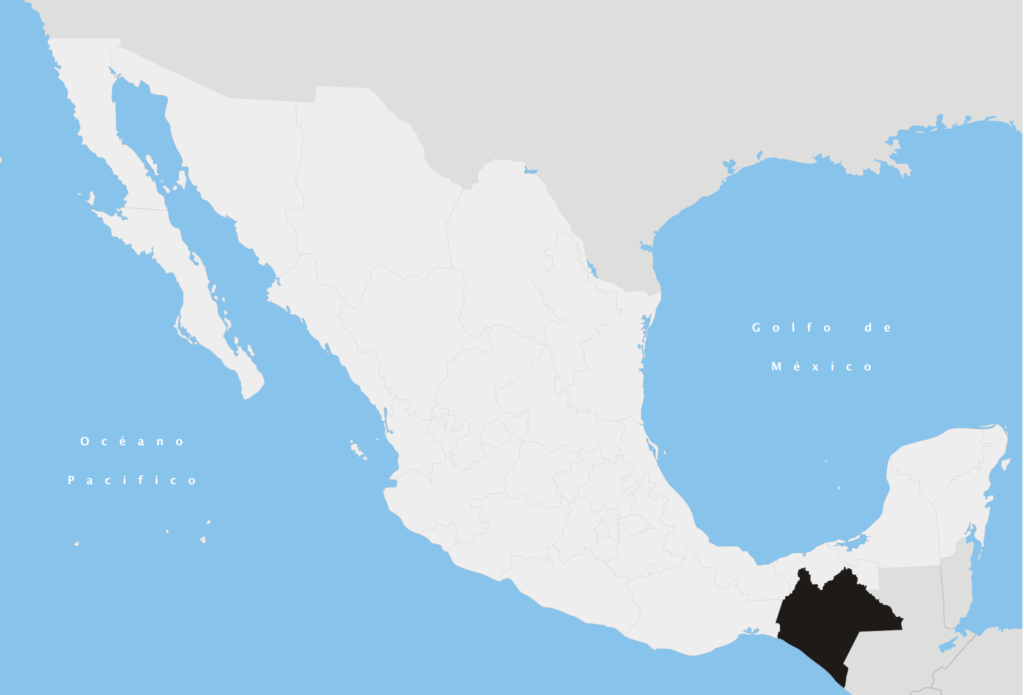
The State of Chiapas borders on Guatamala in the far south east of Mexico.
It is green and verdant and was once the western edge of the Maya Kingdoms.
We visited three main Mayan sites -Yaxchilan, Bonampak and Palenque and the towns of San Cristobal, nearby Chamula and a two hour drive away-Comitan.
___________________________
The journey into the Mayan Lacandom must start at this house in San Cristobal.
On the outskirts of modern day San Cristobal is the former home of Franz and Gertrude Blom.
Na Bolom as it is called is now a research and cultural center devoted to the protection and preservation of the Lacandon Maya and La Selva Lacandona rain forest.
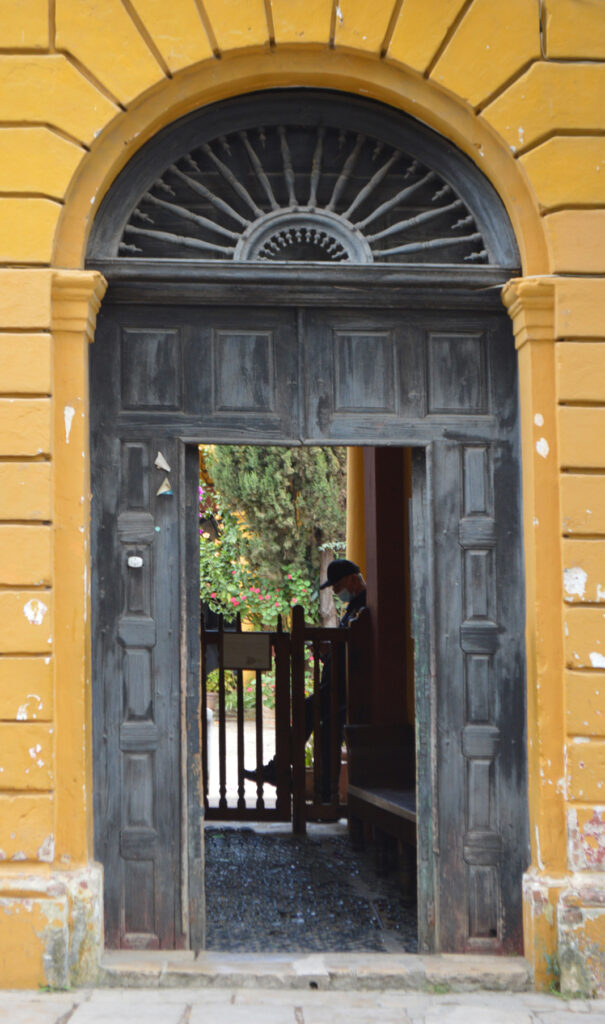
The house was built in 1891 and was originally intended to be a seminary. In 1950 they purchased and restored the building and grounds. For the next 12 years, until Frans Blom’s death in 1963 the Bloms shared a passion for expeditions in search of Mayan ruins. Gertrude Blom continued photographing the Mayan people and becoming an environmental advocate..
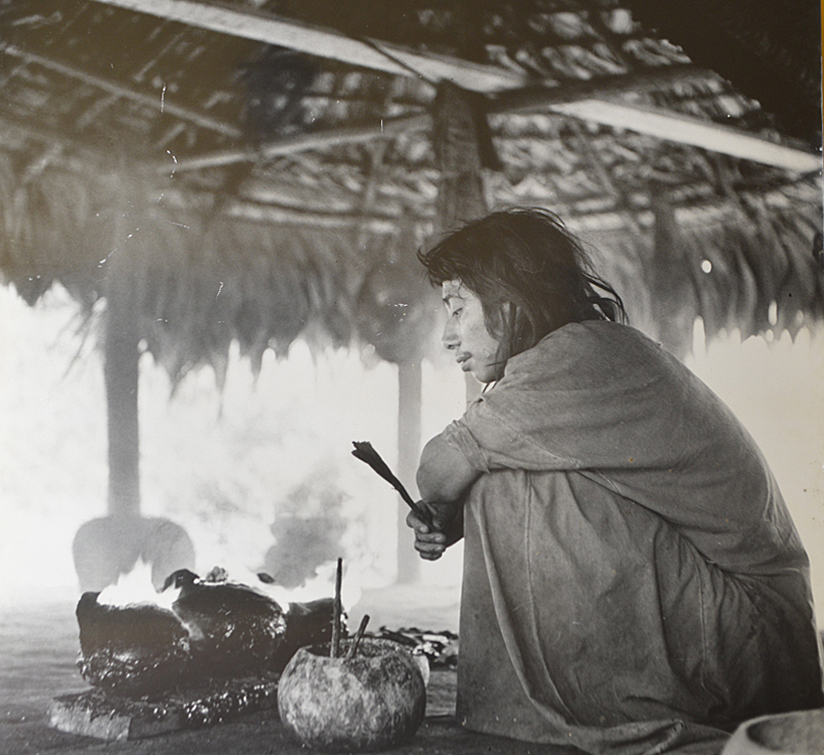
Below- Frans Blom (9 August 1893 – 23 June 1963) was a Danish explorer and archaeologist. He was most associated with his research of the Maya civilization of Mexico and Central America.
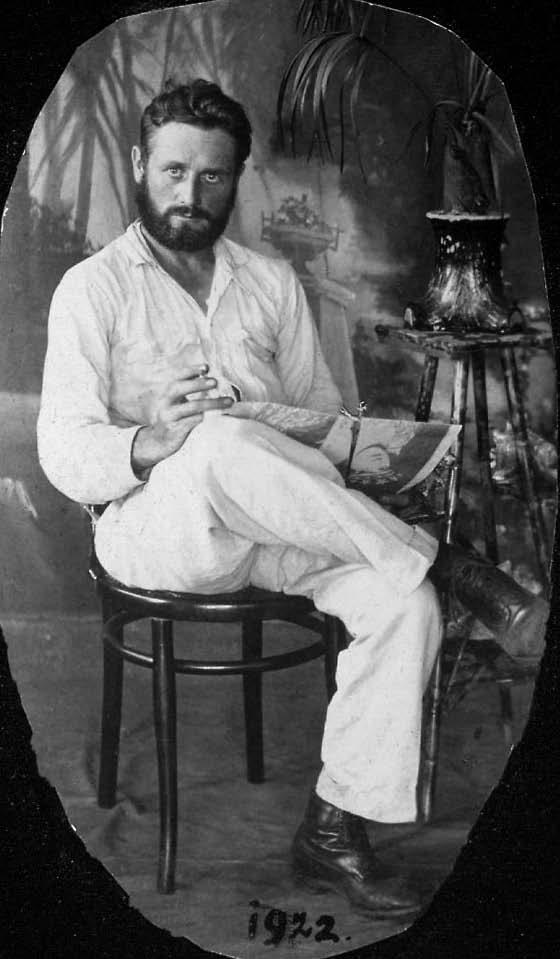
Below-Gertrude “Trudi” Duby Blom (July 7, 1901 – December 23, 1993) was a Swiss journalist, social anthropologist, and documentary photographer who spent five decades chronicling the Mayan cultures of Chiapas, Mexico, particularly the culture of the Lacandon Maya.
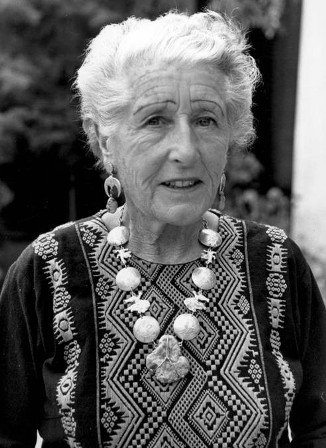
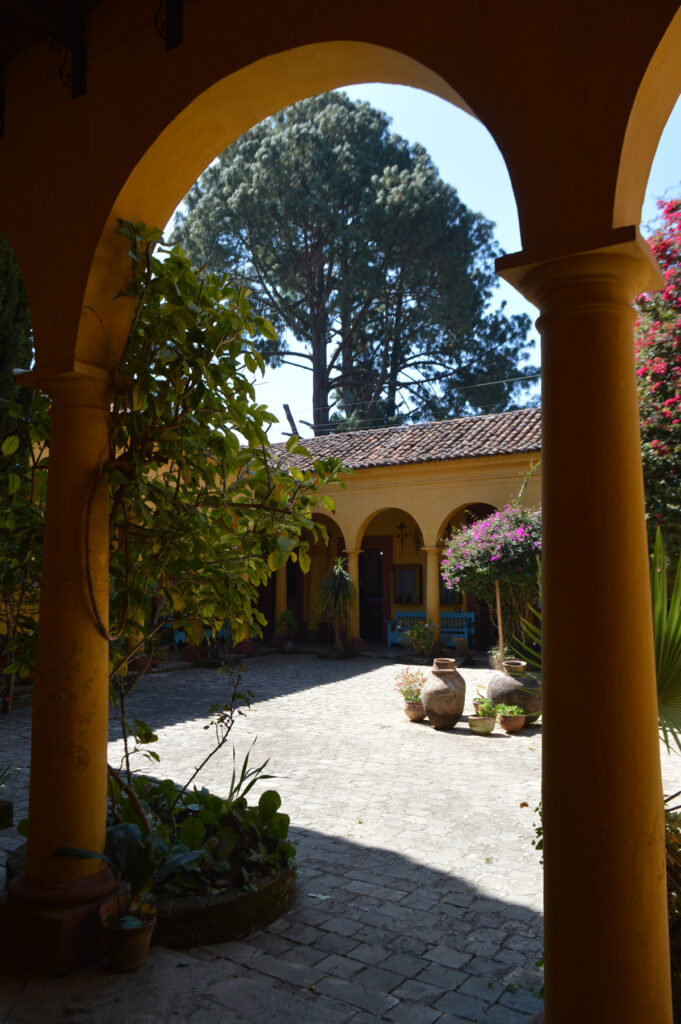
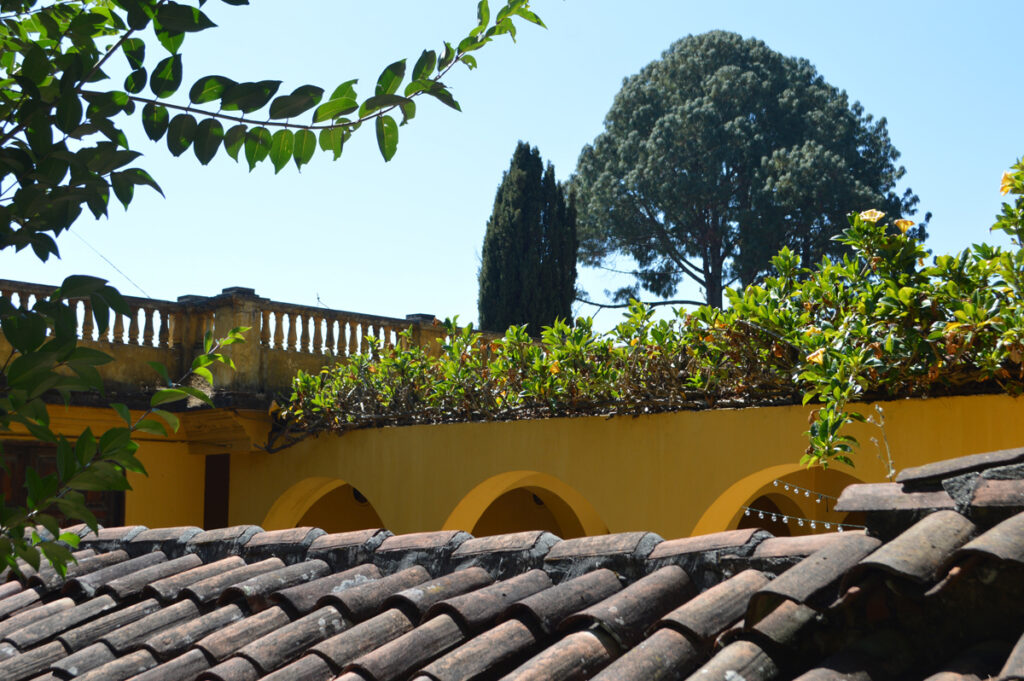
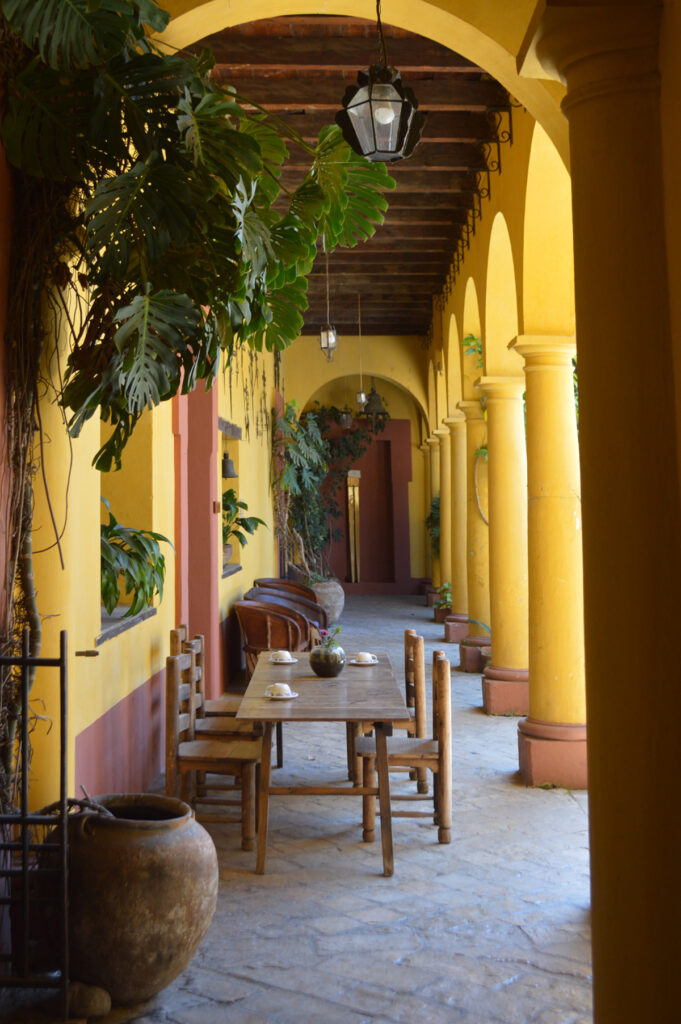
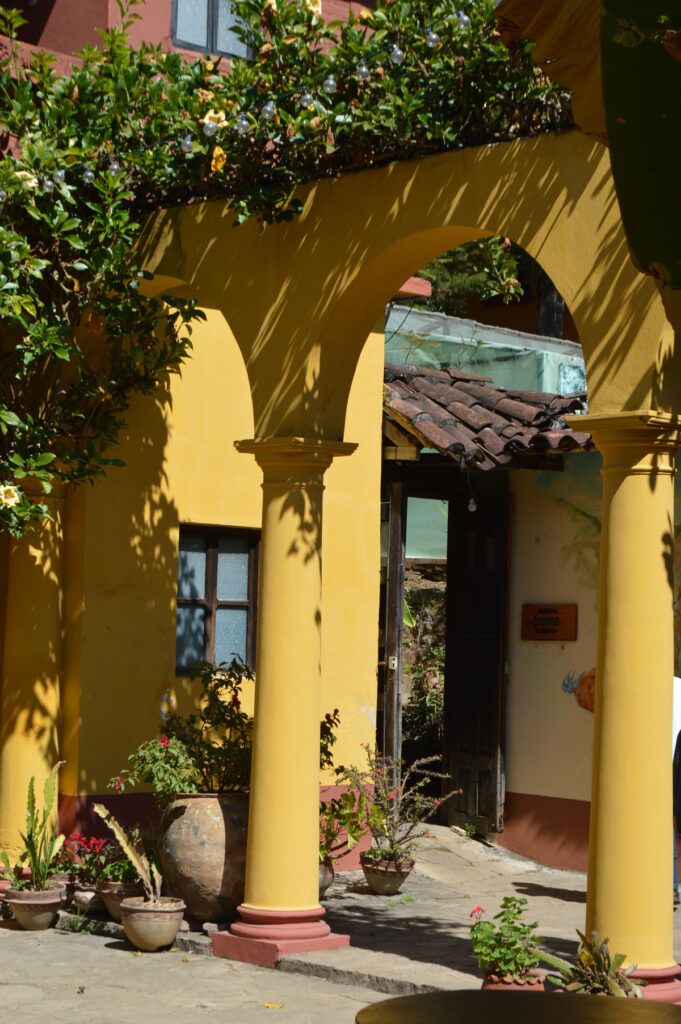
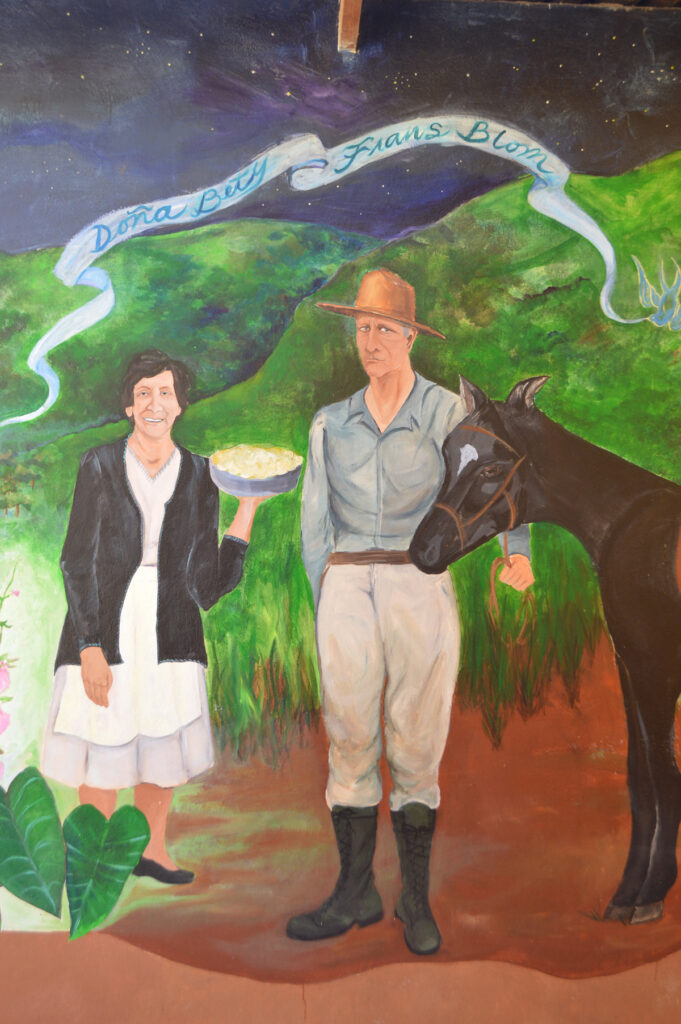
Two murals adorn the wall leading to the exterior gardens showing the Bloms and their best friend Chan who was a spiritual leader of the Lacondons.
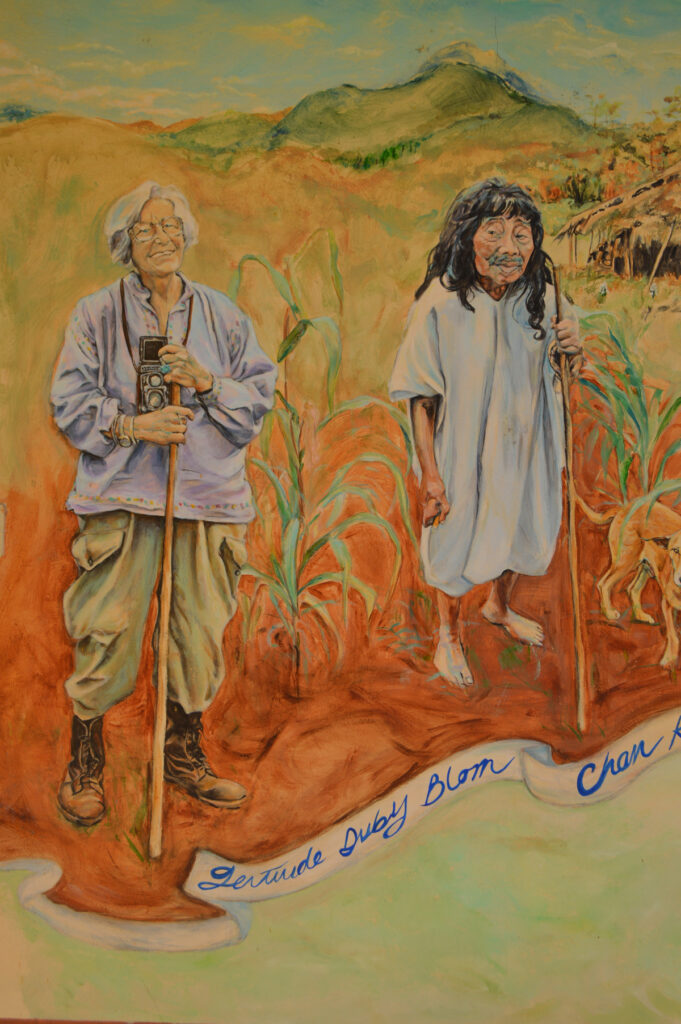
Below the Library which is still in use today
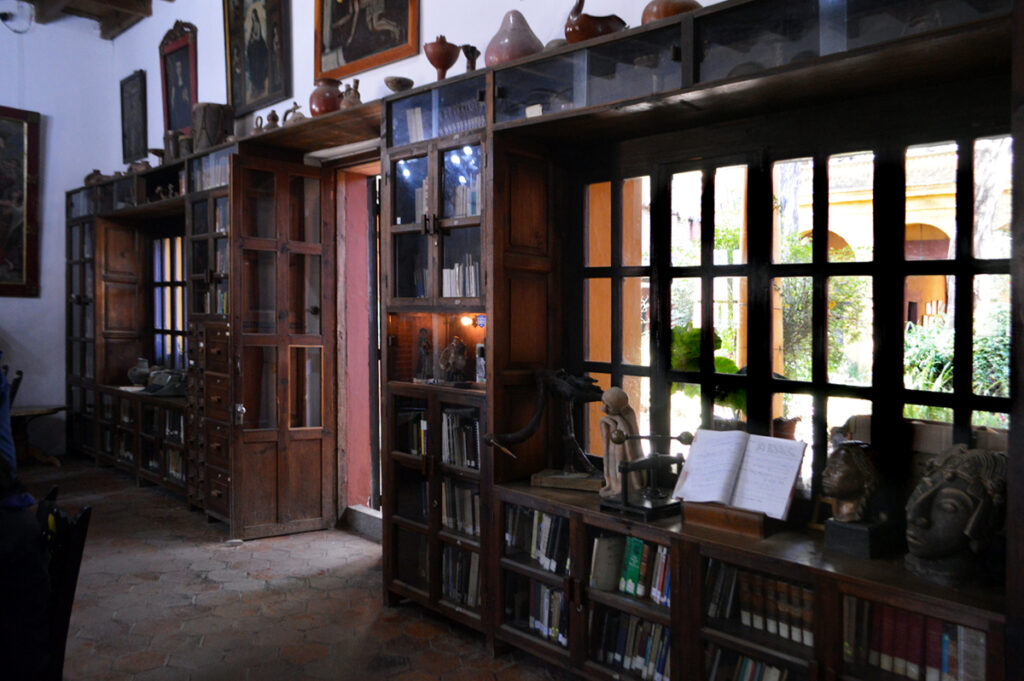
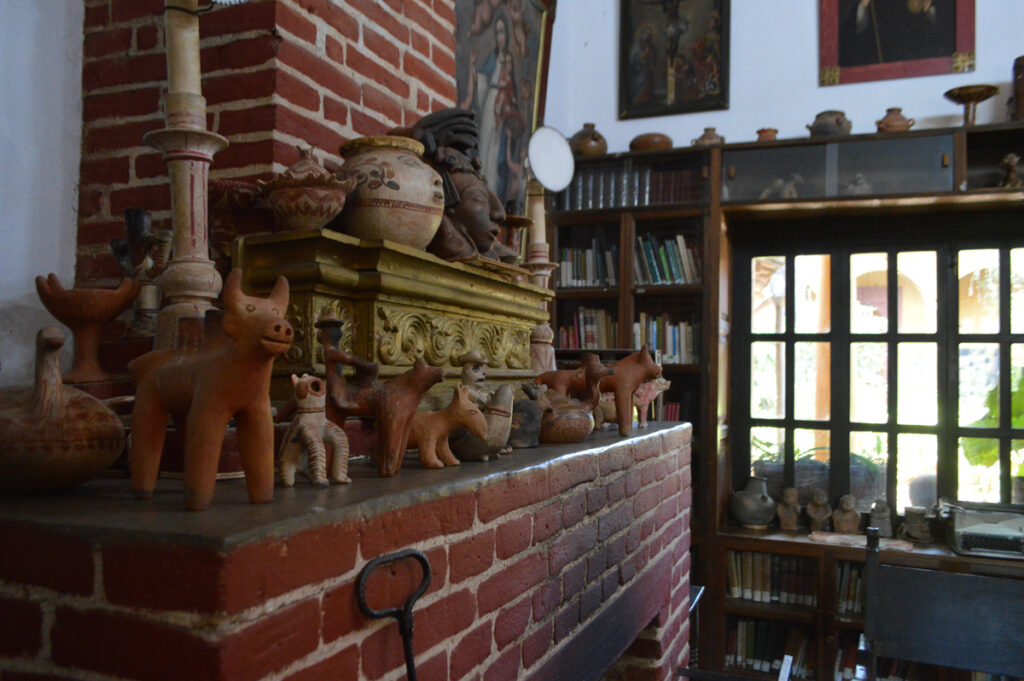

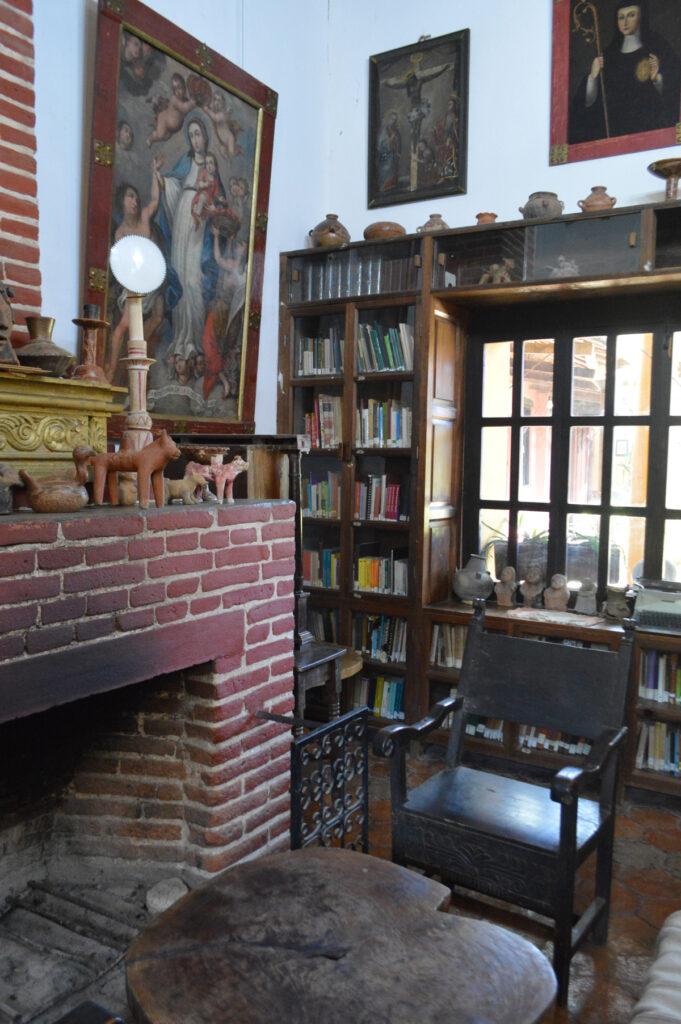
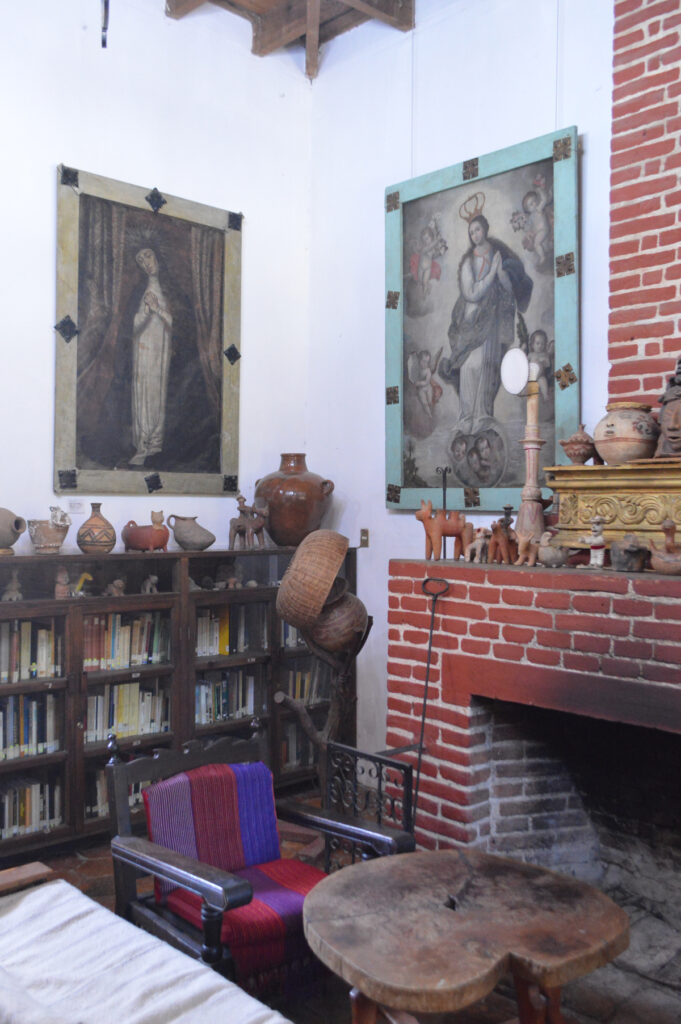
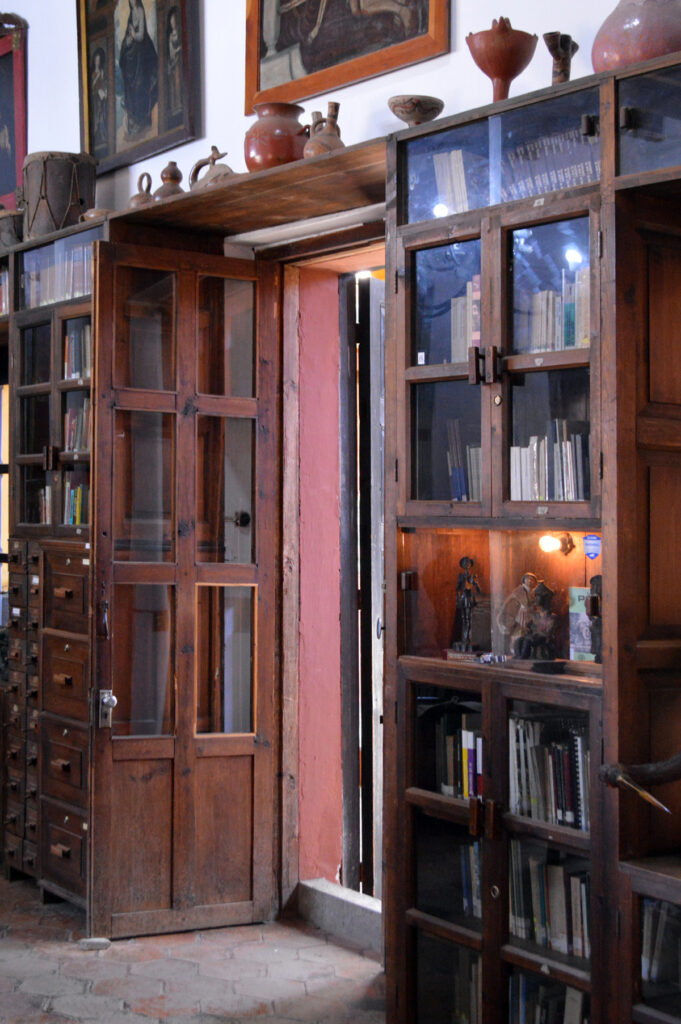
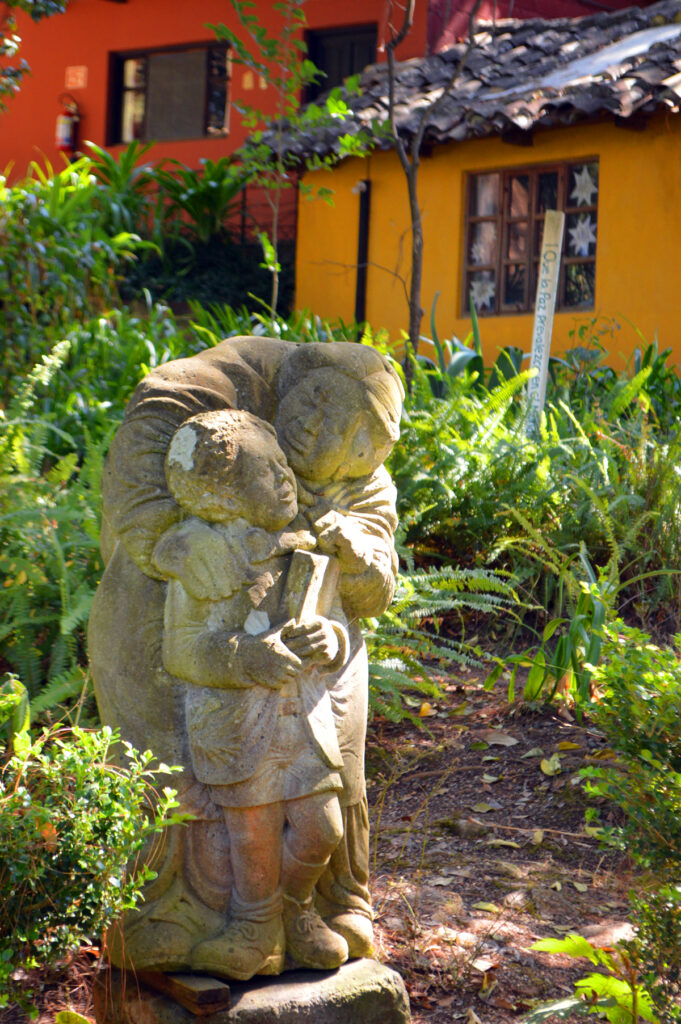
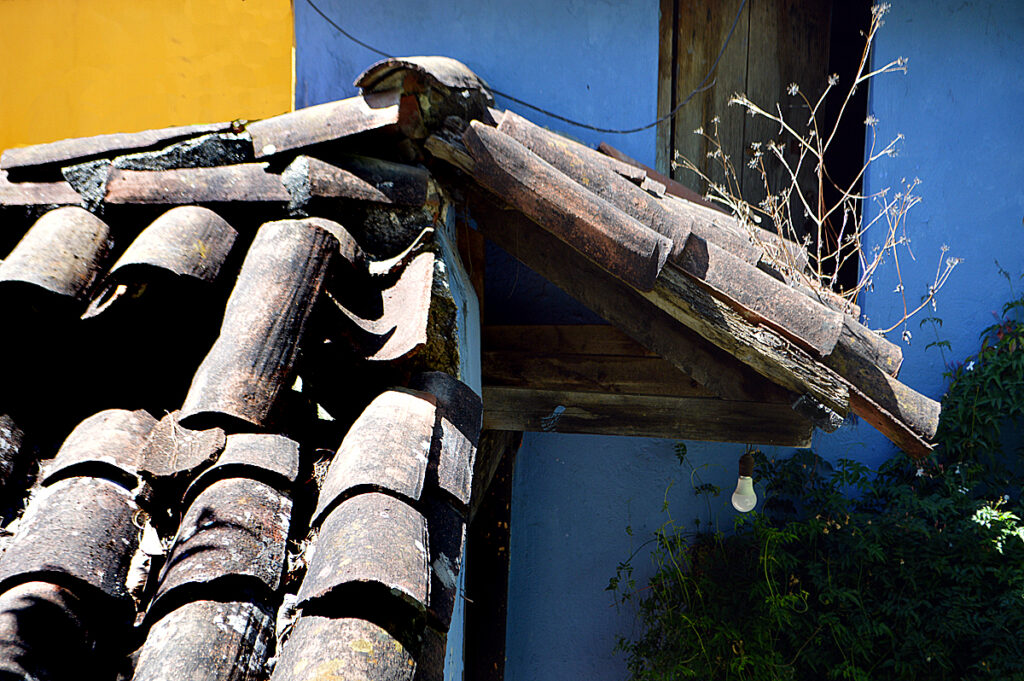
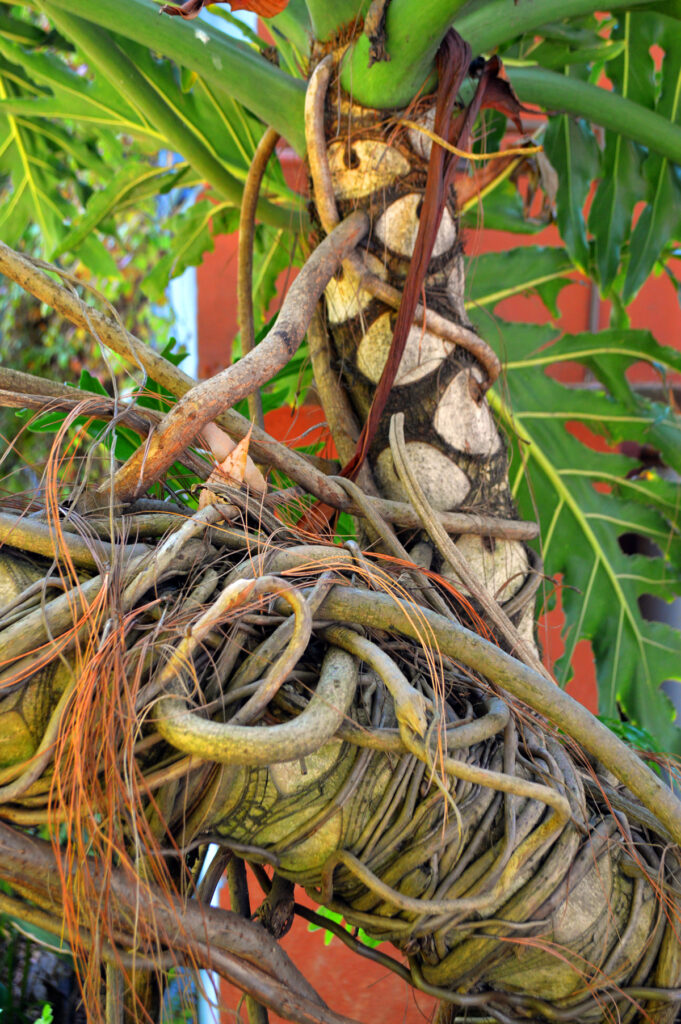
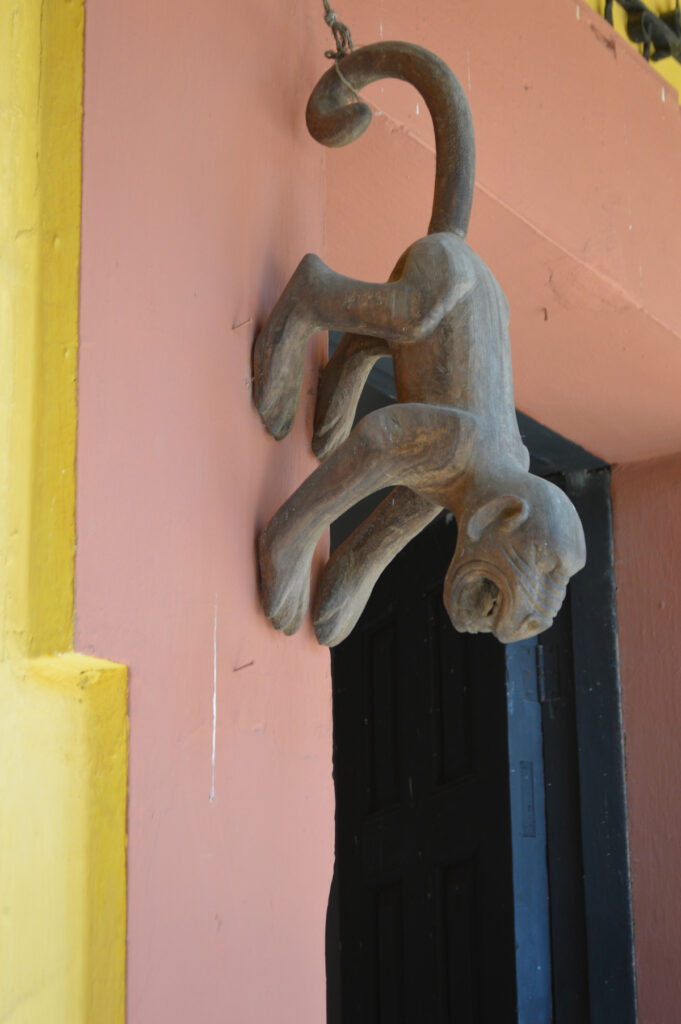
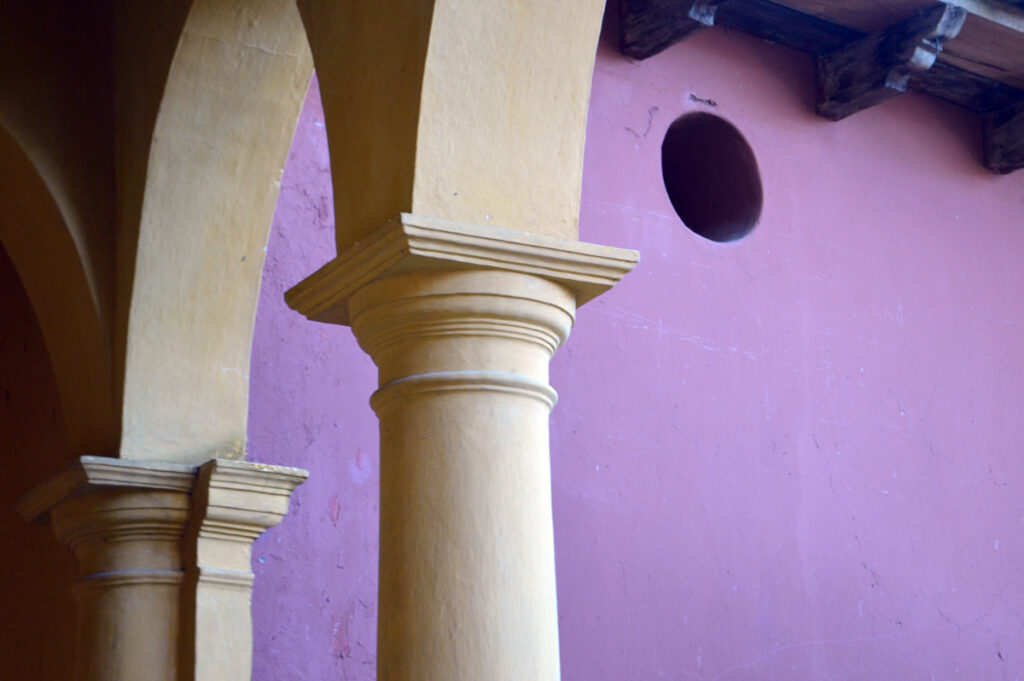
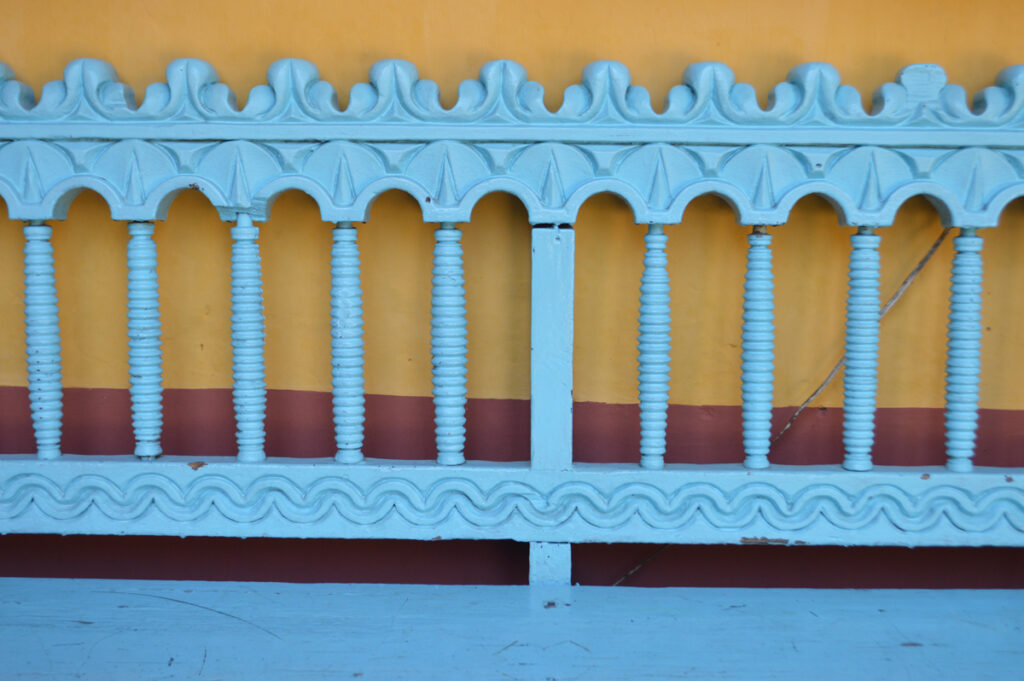
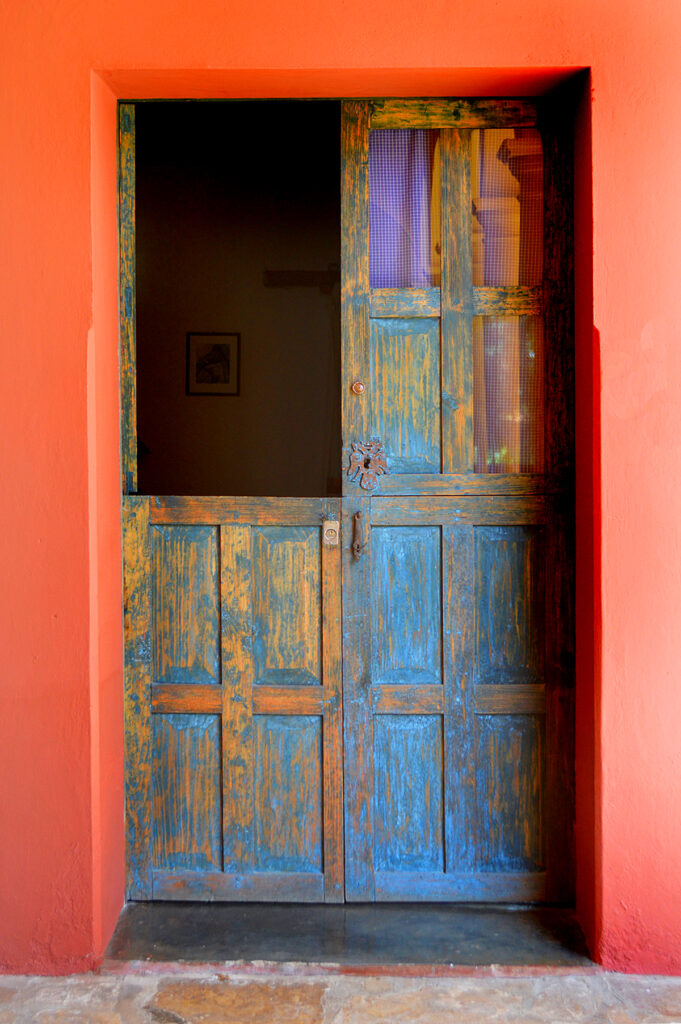
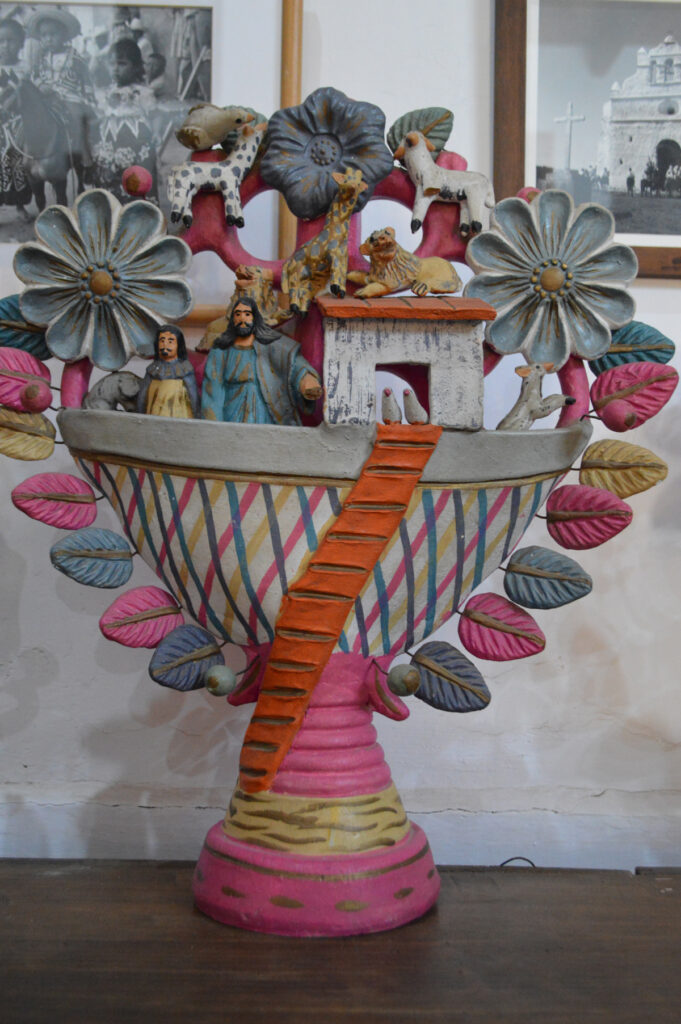
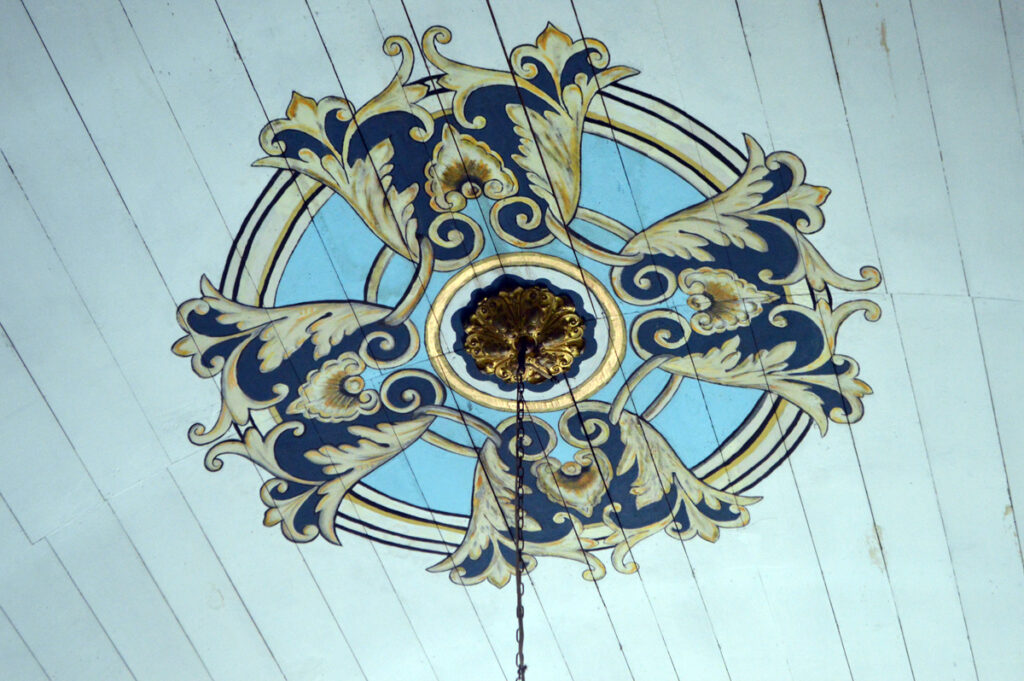
The house has a chapel which was probably original to the house being a seminary.
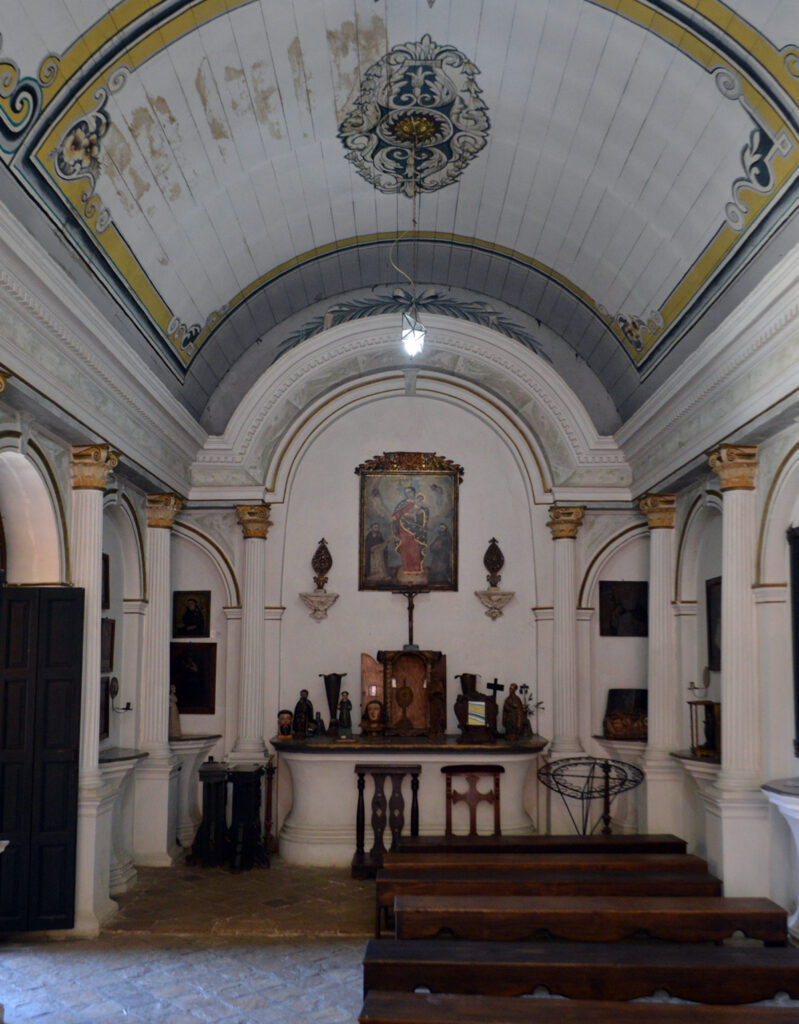
Two charming locals making and selling their wares in the courtyard.
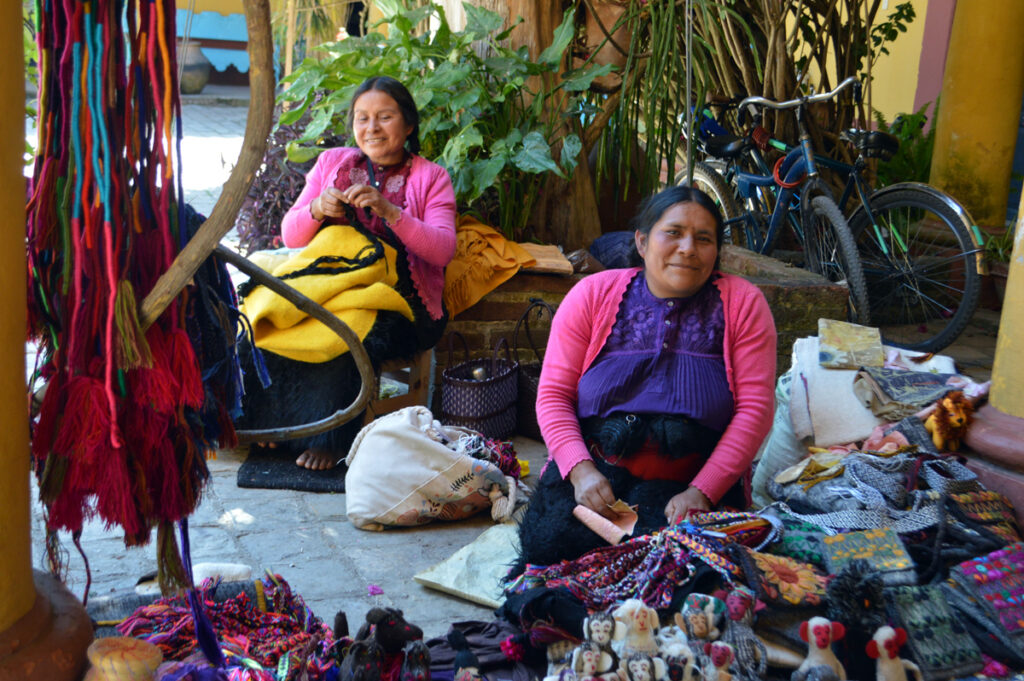
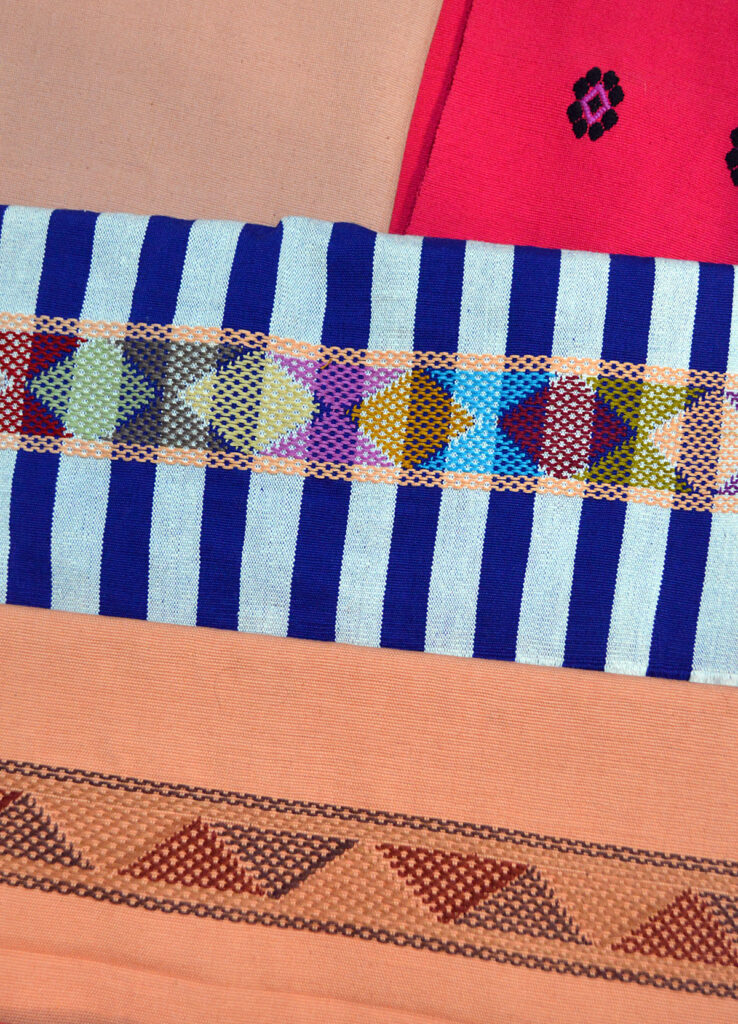
Below an accidental abstract on the blue garden wall.
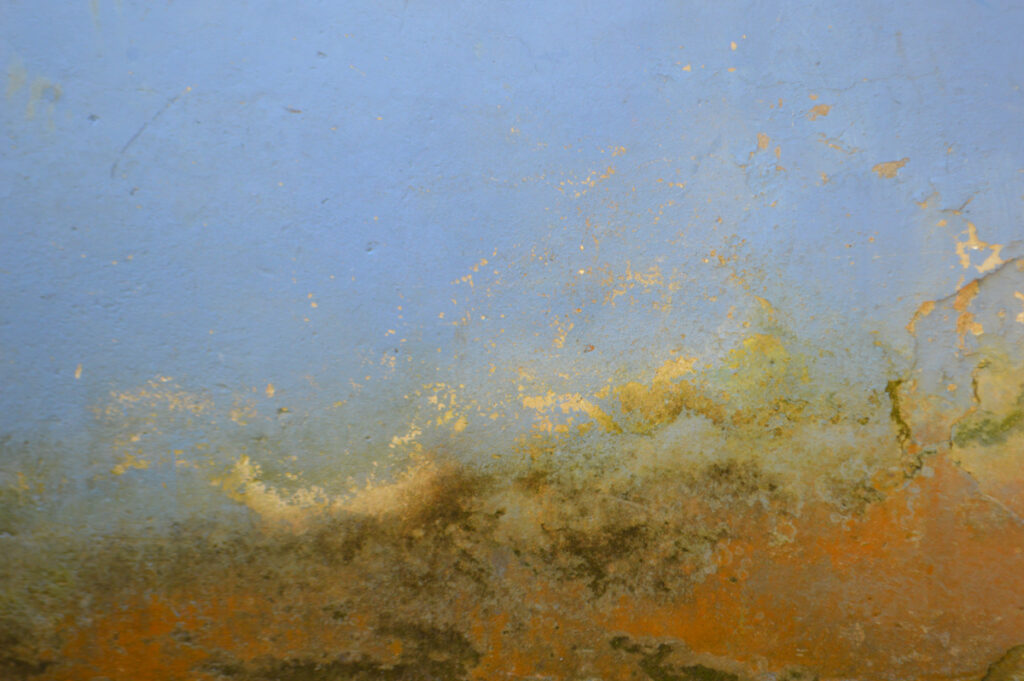
__________________________________
CHAMULA
……….is a a village not far from San Cristobal and the most interesting thing to be seen in the town (apart from the indigenous Sunday market) I could not photograph.
Photography within the church is strictly prohibited as is photographing the Christmas procession to the church. Visitors can be fined heavily and thrown out of town for violating this rule. Parents will hide their children or they themselves will turn away as soon as they spot a camera.
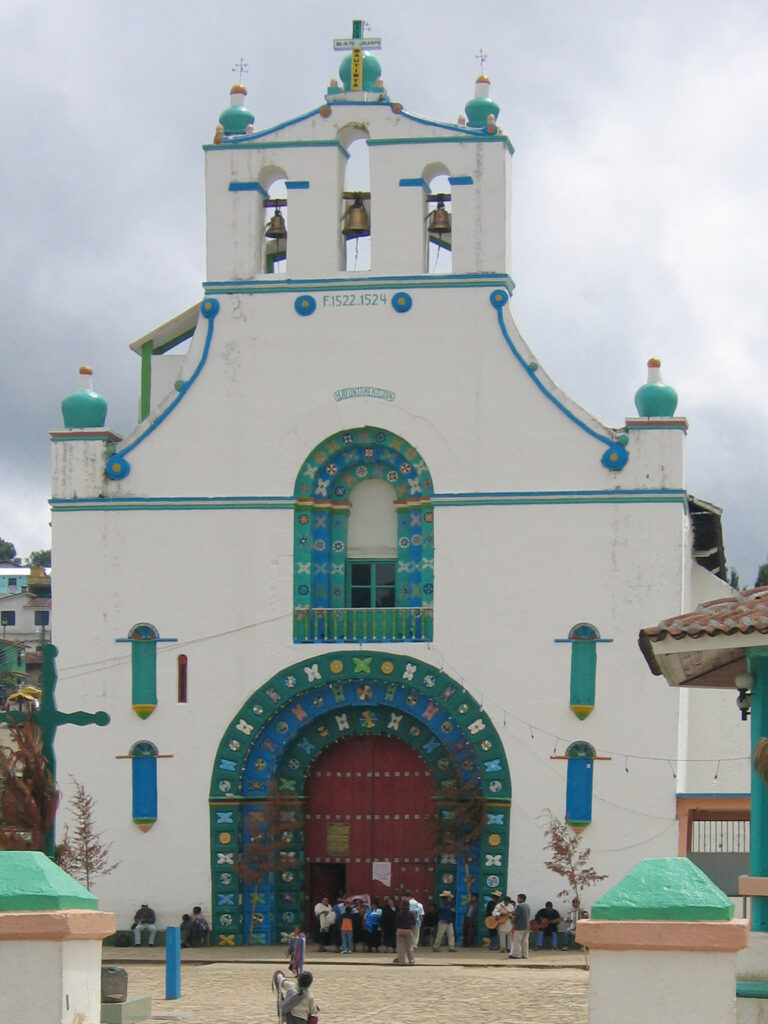
Photo courtesy wikipedia
Even though I could not take any photographs I can try to describe the scene.
Inside it is like many old churches in Mexico with a very high ceiling and stained black wooded beams from giant trees felled long ago. There are no pews and there is sparse decoration. What there was has been removed and sits leaning against the walls.
The walls have an accidental frieze pattern made by palm fronds being hung on them by hooks then being removed after time but only after leaving an imprint on the wall like a palm print does.
The church is filled with white candles, and dense smoke from burning copal resin incense. Tables are around the walls also all covered in candles and all burning brightly.
The entire floor is covered in pine boughs. Some people sit around the edges observing on benches but most form groups on the floor and light the dozens of candles on the floor in front of them like an altar. Much is being said in an unfamiliar language. Maybe praying to the Saints who are not completely Catholic.
Not a priest in black was in sight. Curanderos or medicine men were to be seen diagnosing afflictions and prescribing remedies – in a dire situation – a live chicken. The specified remedies are brought to a healing ceremony.
The families kneel on the floor of the church with sacrificial items, stick candles to the floor with melted wax, drink ceremonial cups of Posh, artisanal sugar-cane-based liquor, and chant prayers in an archaic dialect of Tzotzil.
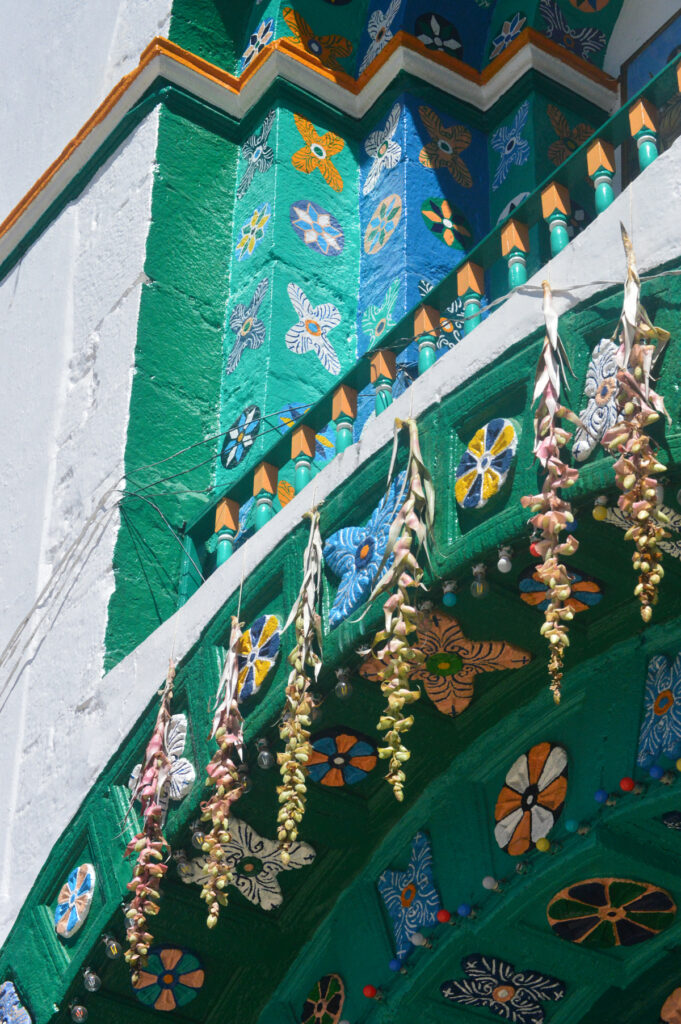
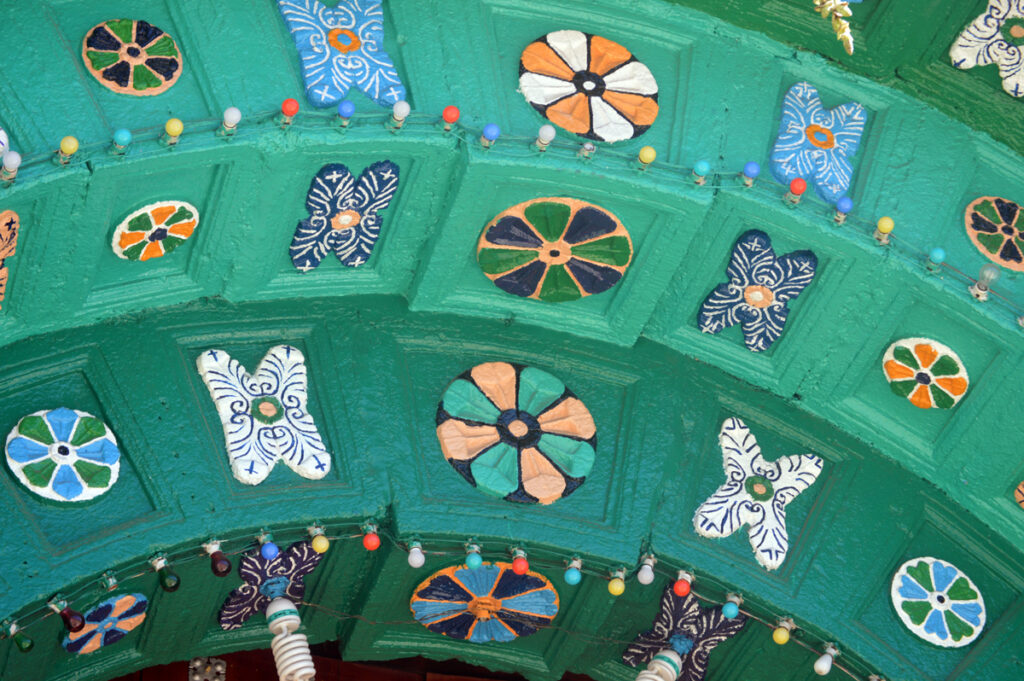
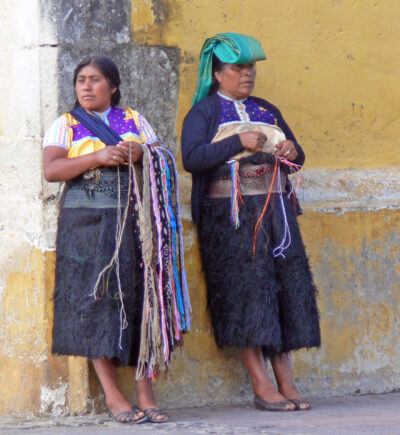
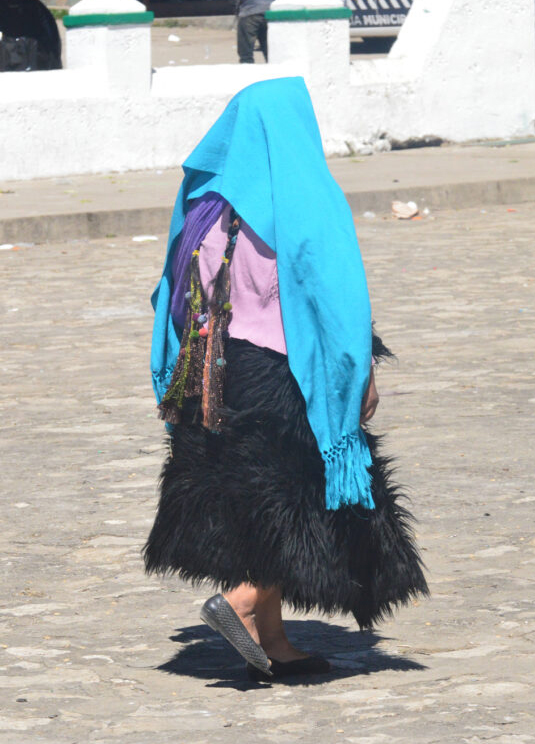
Men and women all wear a jet black wool skirt or coat.
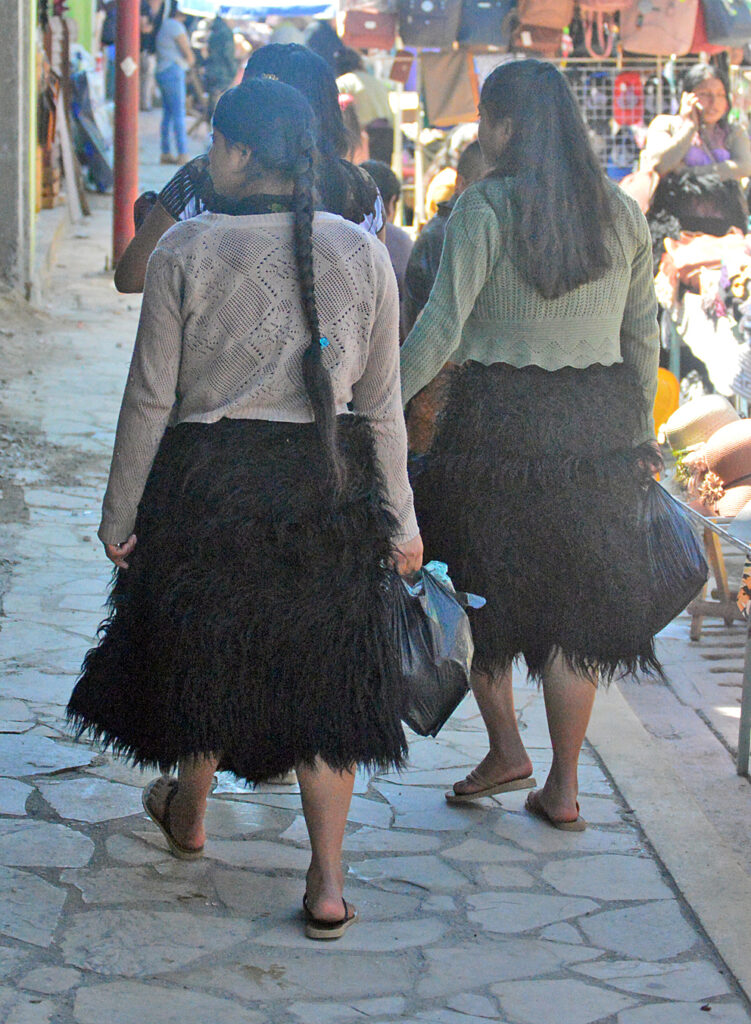
On the edge of town an abandoned church and a cemetery which had regular headstones but covered in pine boughs
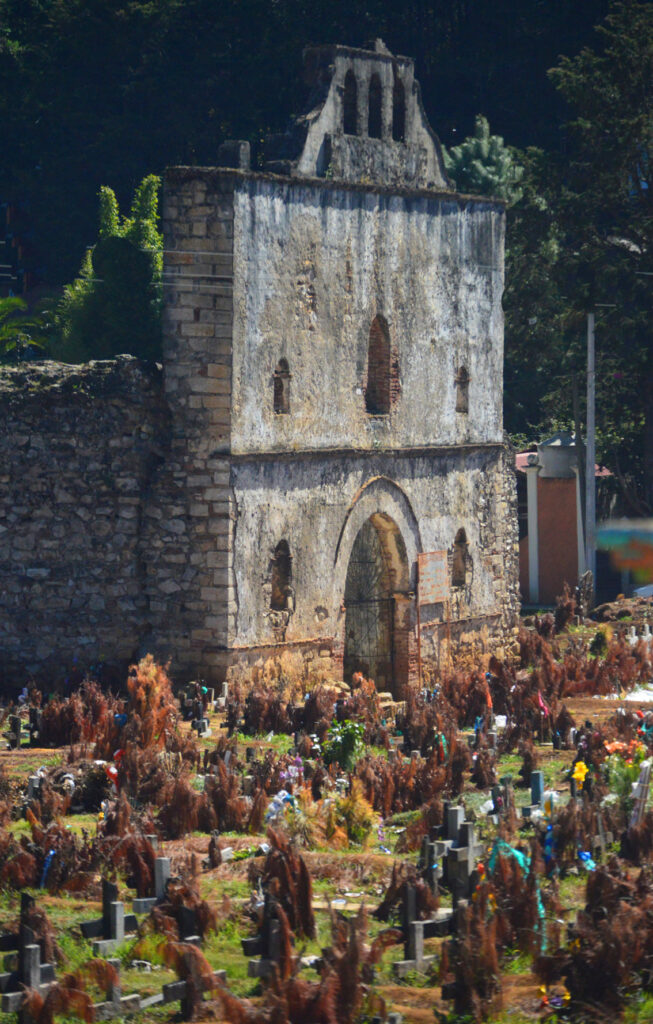
____________________________
COMITLAN
From San Cristobal de Las Casas it is a two hour drive drive to Comitan where we were to fly in a small plane on to the various Mayan ruins nearby.
Comitlan is a little gem of a town. Clean, tidy and prosperous with a beautiful main plaza surrounded by cafes and shops.
Bright but still chilly at night in the highlands in January.
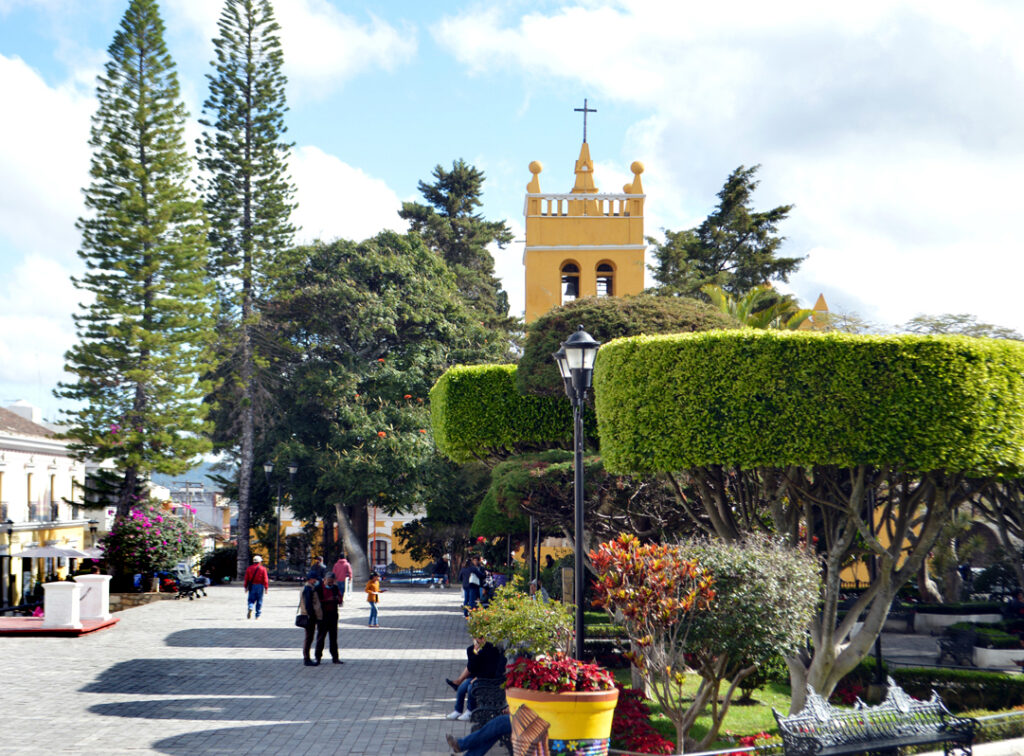
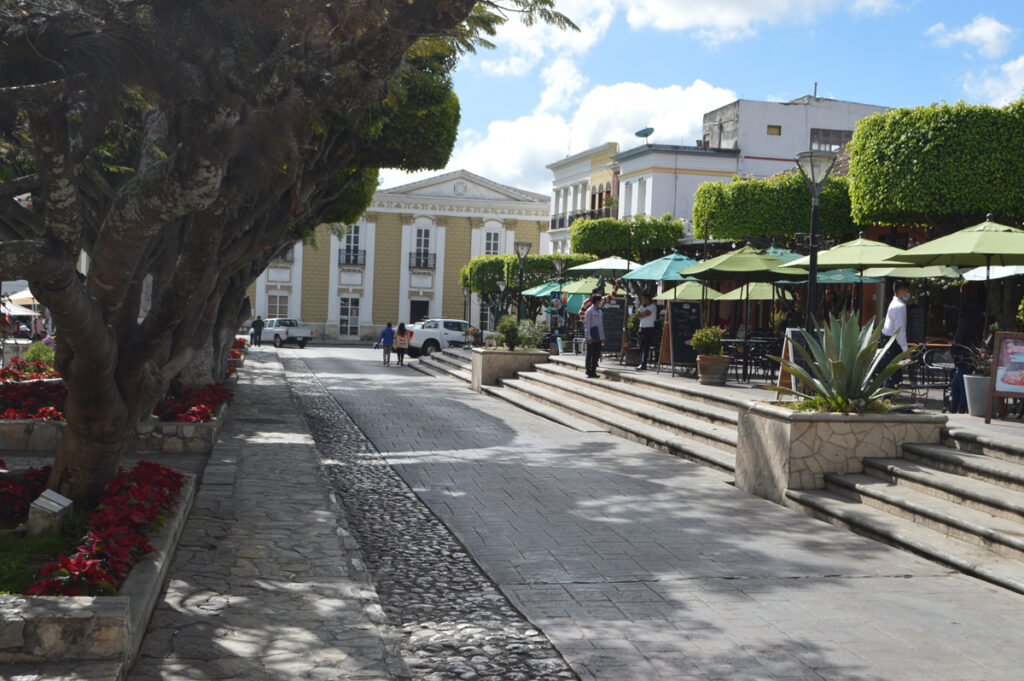
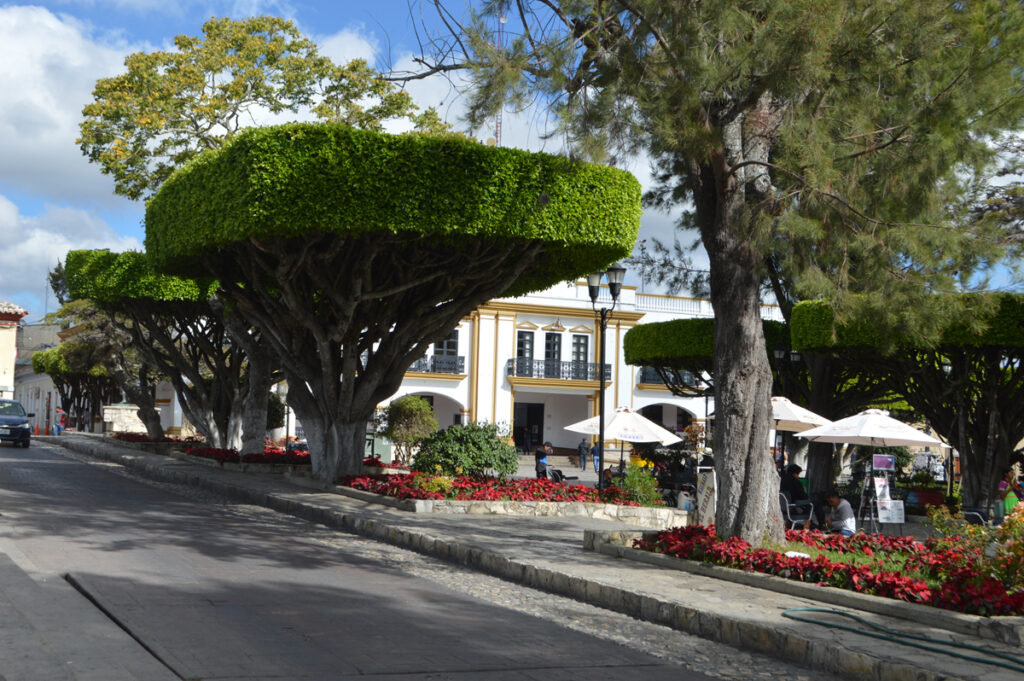
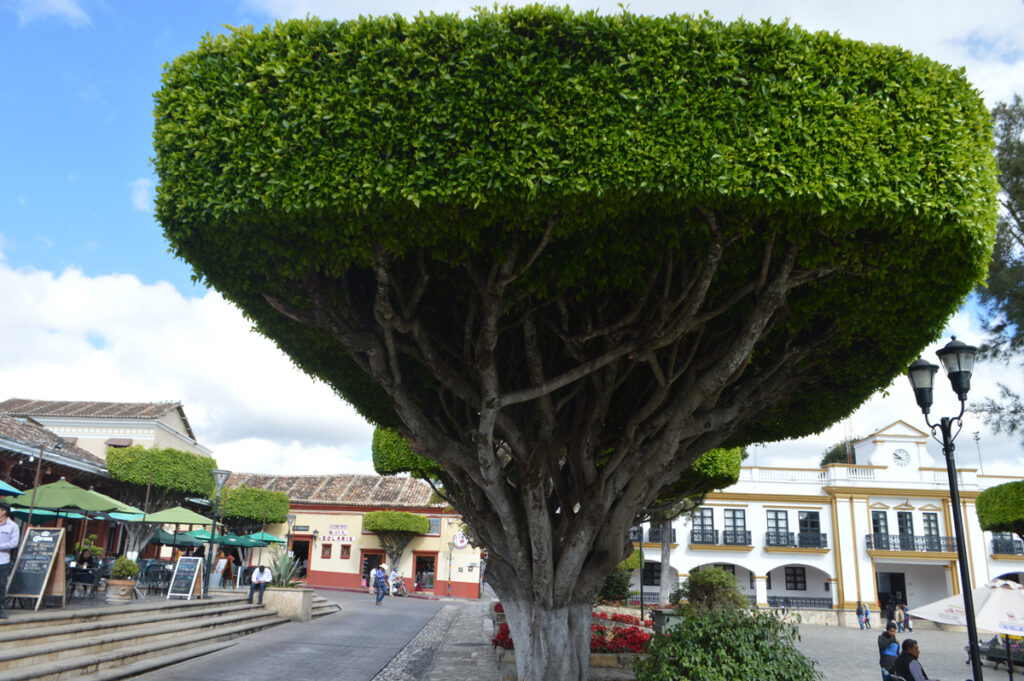
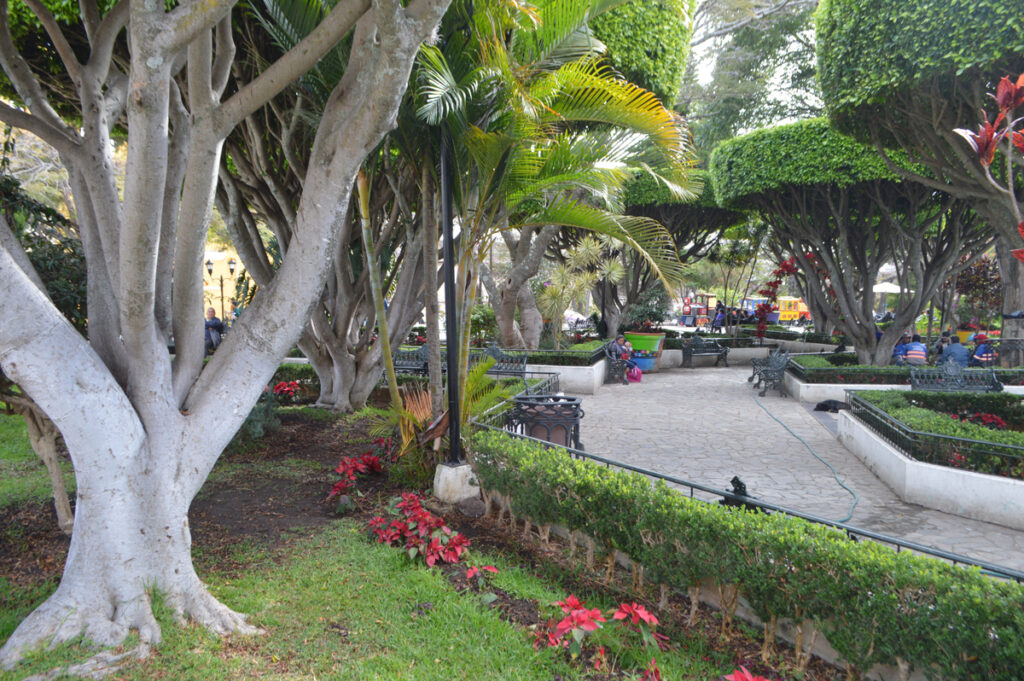
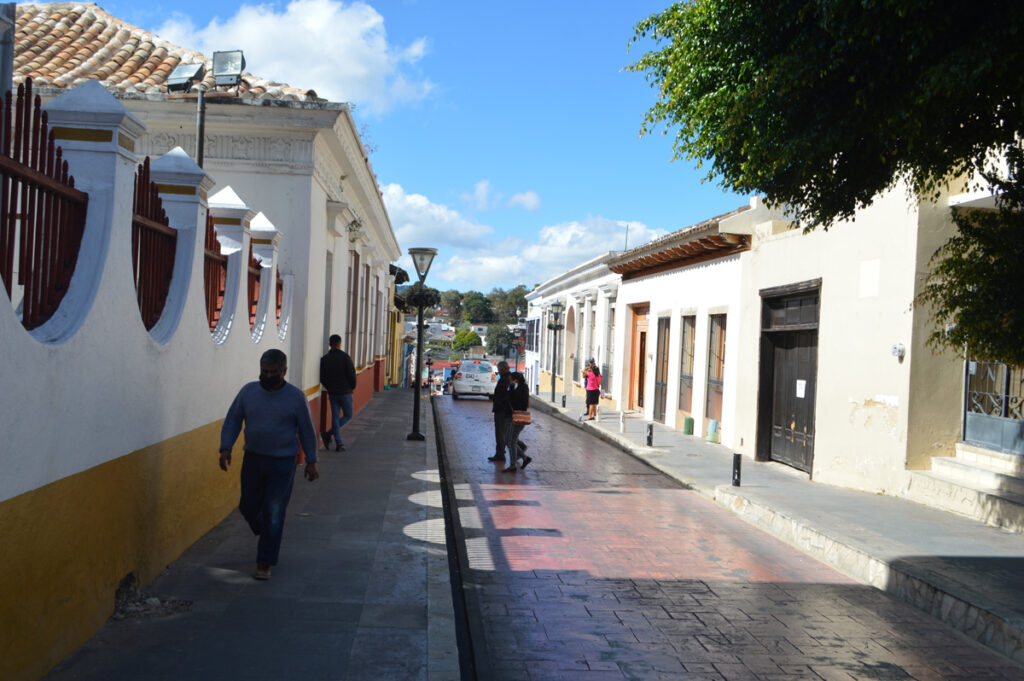
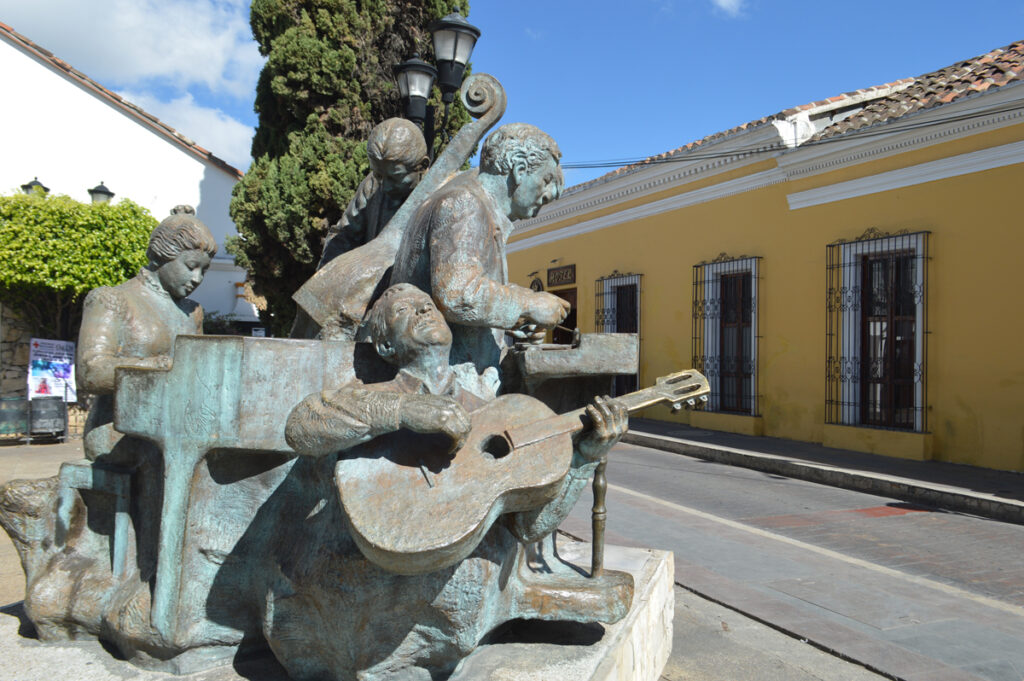
Our hotel another beautiful elegant place to stay.
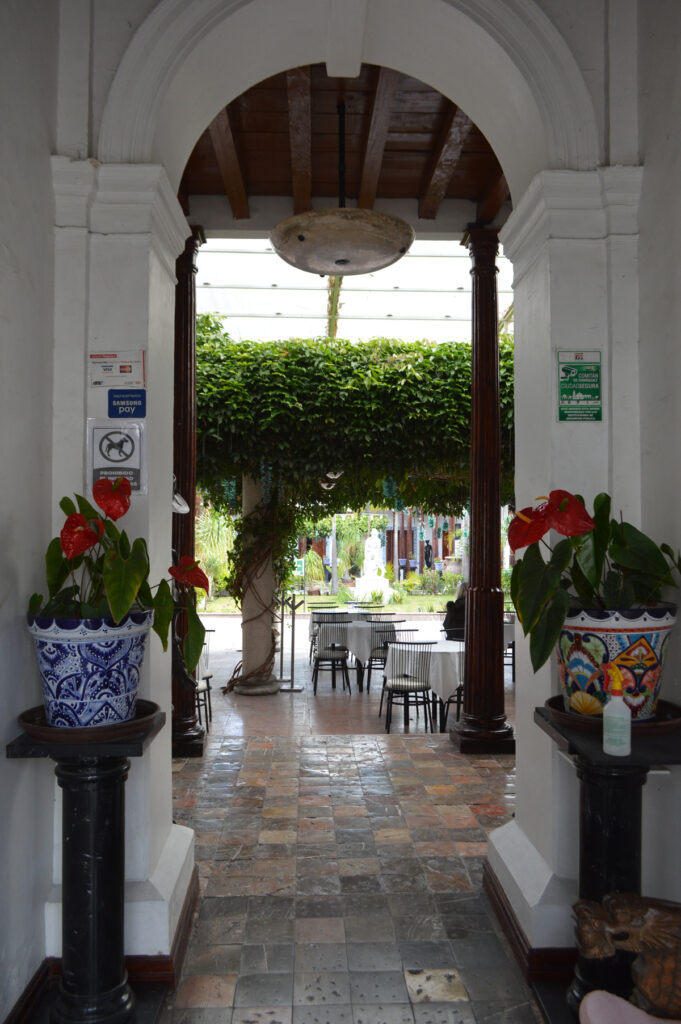
A Conquistador guarded the front entrance.
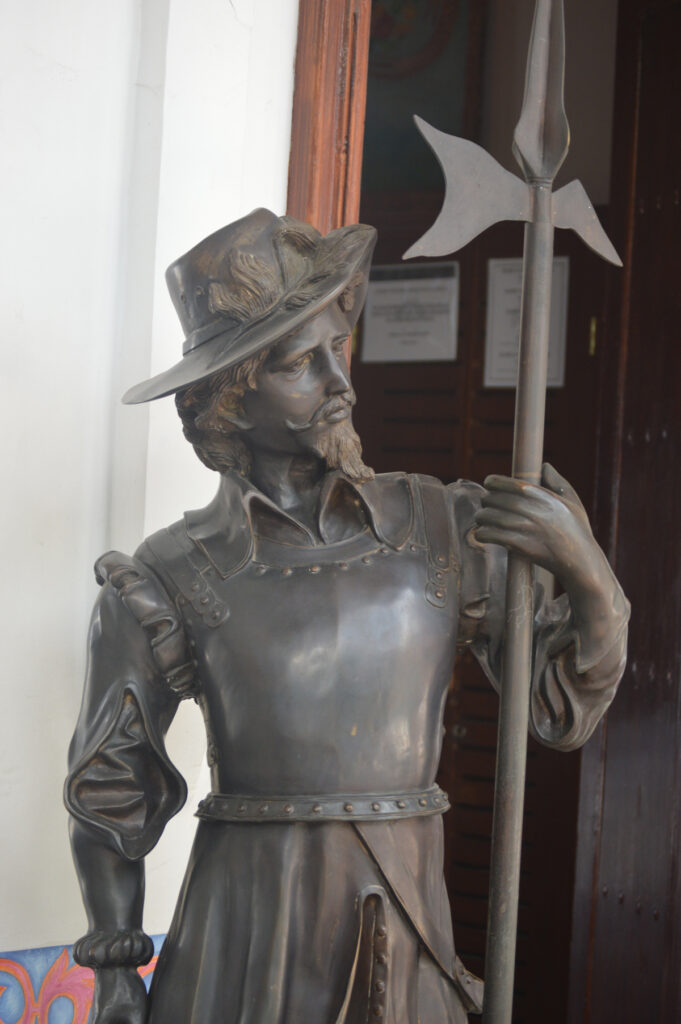
In true Spanish style the rooms all opened from a central courtyard or garden
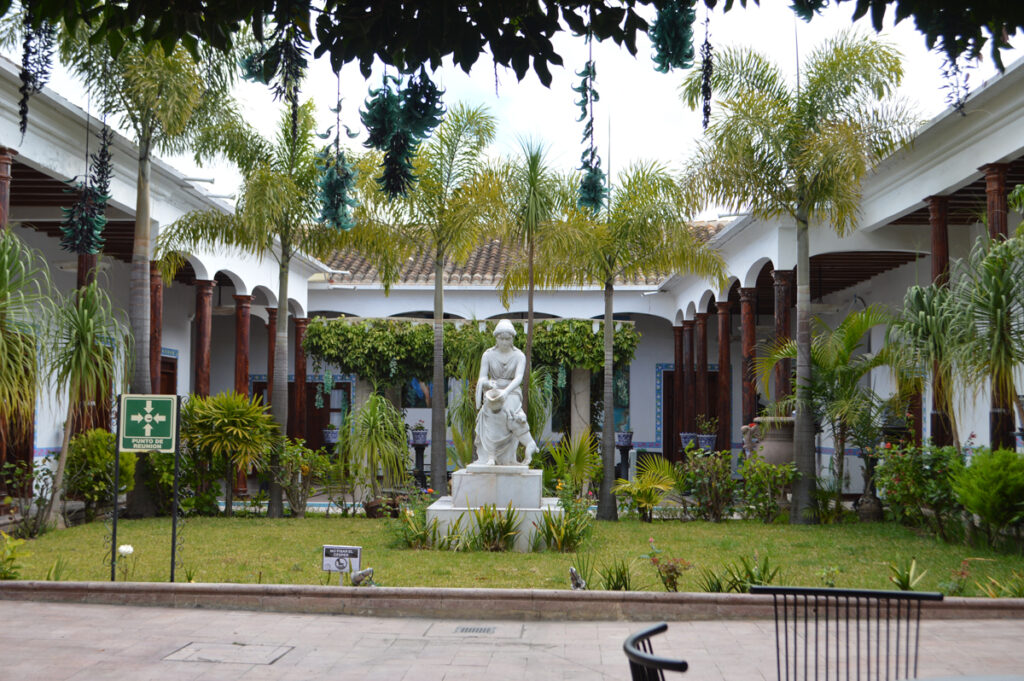
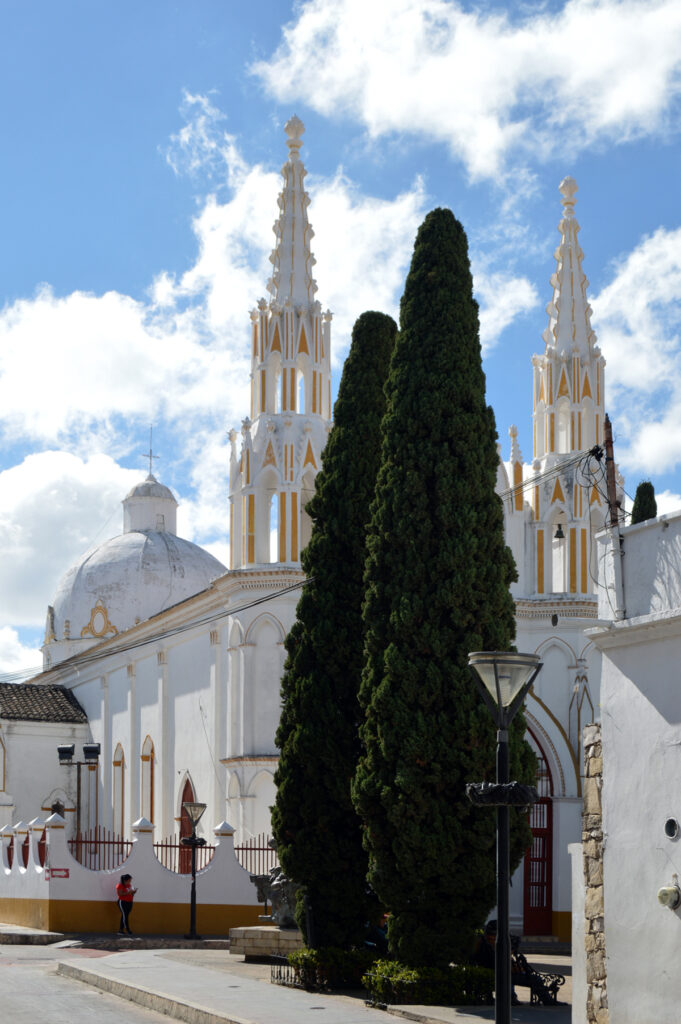
The Temple of San Jose across the street from the Hotel is like a wedding cake with delicate white icing.
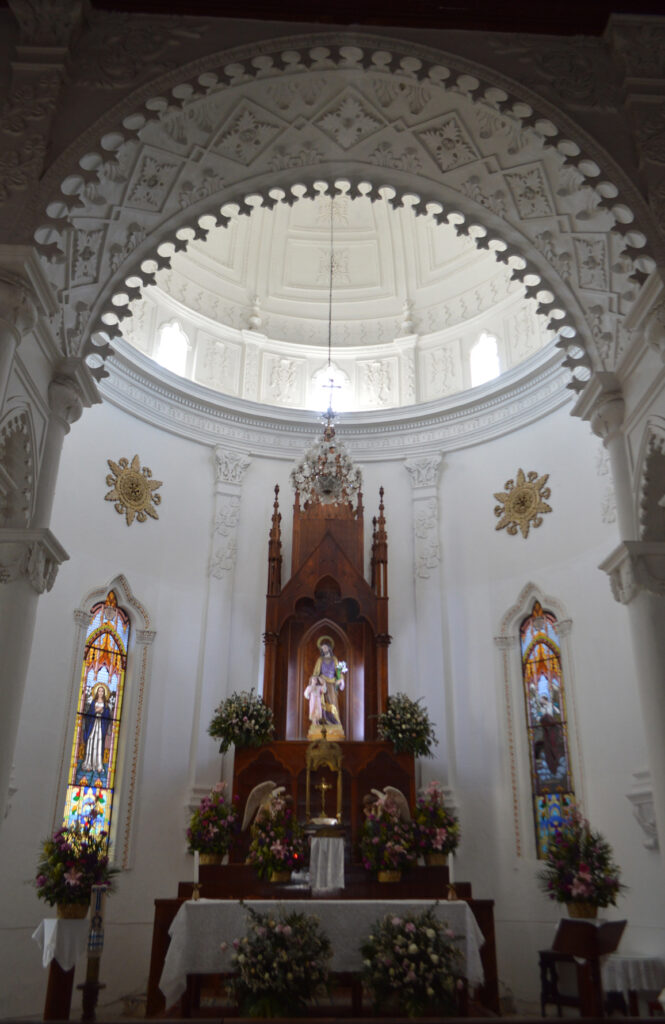
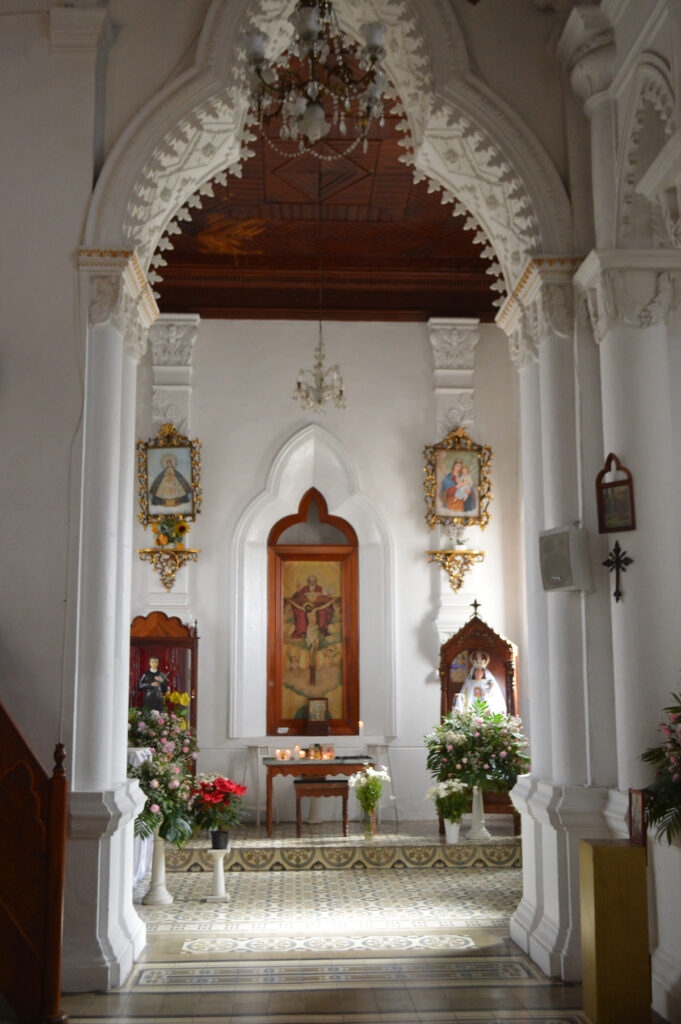
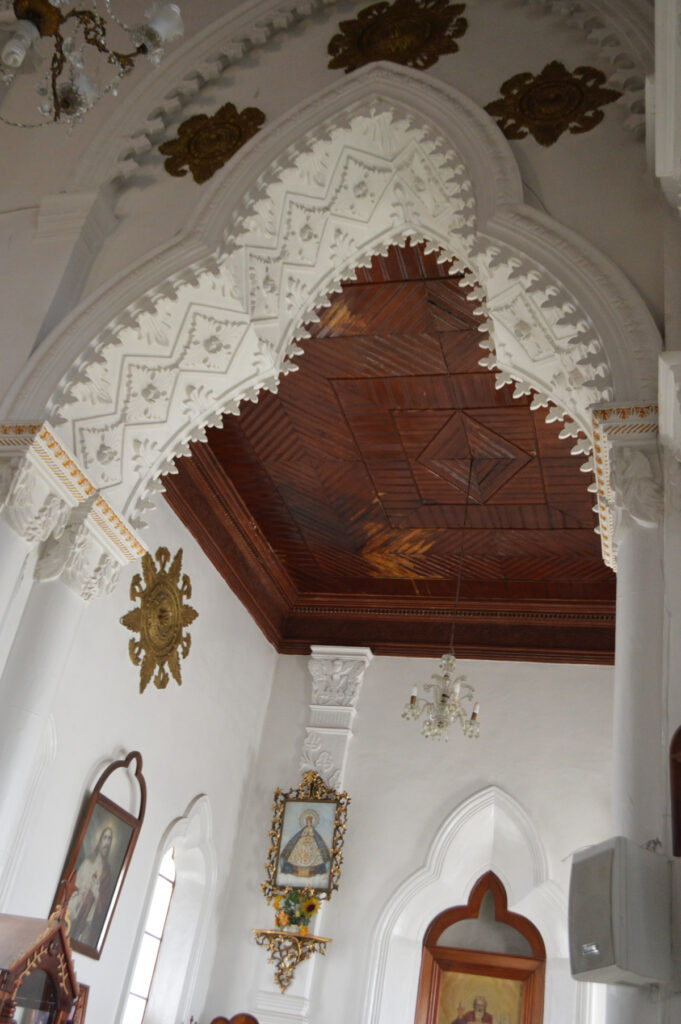
The town even has a beautiful old Theatre Junchivan.
